|
There seems to be a designated day of the year for celebrating and honoring every style of wine and spirits ever produced! And on August 13, it is National Prosecco Day. Prosecco is a sparkling wine produced in the northeastern part of Italy and is made primarily with Glera grapes. Without going into too much detail, here is a quick overview of the production area. Many of the sparkling wines labeled Prosecco DOC (Denominazione d’Origins Controllata) come from nine provinces between Veneto and Friuli-Venezia Giulia. What is considered the best quality Prosecco comes from the Treviso province, especially the area between Valdobbiadene and Conegliano, a hilly area which is the home of Prosecco Conegliano Valdobbiadene Superiore DOCG (Denominazione d’origins Controllata e Garantita). Conegliano Valdobbiadene has ancient origins of vine growing dating back to the Roman Empire, but the first written documentation connecting Prosecco to this area is 1772. The DOC was established here in 1969, and the historic production of Prosecco has been limited to 15 communes. In 2009, Conegliano Valdobbiadene Prosecco DOCG certification was issued, becoming Italy’s 44th DOCG. And in 2019, the Prosecco hills of Conegliano-Valdobbiadene were recognized as a UNESCO World Heritage Site. As of January 1, 2021, the Denomination di Origins Controllata (DOC) consortium gave its final stamp of approval for making Prosecco Rosé, setting these wines apart from other pink sparkling wines made in Italy. The grapes for Prosecco Rosé must be sourced from a specific geographic area that has passed the Italian Government’s quality requirements. In addition, only Glera grapes (85 -90%) and Pinot Noir (10-15 %) are allowed. The DOC guidelines also require Prosecco Rosé to be fermented in stainless steel tanks for at least 60 days. Also, they must be vintage-dated and labeled Prosecco DOC. These sparkling wines range in style from very dry to slightly sweet. Unlike Champagne which goes through its second fermentation in the bottle (traditional method), Prosecco is made using the Charmat-Martinotti method, where the second fermentation takes place in stainless steel tanks. Due to the Glera grape’s moderately high acidity and typical characteristics of white flowers, peach, melon, and pear, it is the perfect grape for sparkling wine. Over the last month or so, I received many samples of Prosecco. And what better way to celebrate National Prosecco Day than to pop a few corks! So, here is a review of four Prosecco DOC sparkling wines. Corvezzo Winery Corvezzo Winery, founded in 1960, is located in the village of Cessalto near Treviso. It is headed by third-generation Giovanni Corvezzo, who took over in 2009 and refers to himself as the “Happy Farmer.” He completely transformed the estate’s 180 acres to certified organic farming and production in the winery. Corvezzo Prosecco DOC Extra Dry Made with 85% Glera and 15% DOC allowed grapes, this wine has a lovely fragrance of flowers, green apples, citrus, and pear that segue onto the palate. This is a crisp and refreshing wine with fine bubbles and a touch of citrus zest on the finish. Alcohol: 11.5% SRP: $13 Corvezzo Prosecco DOC Rosé Extra Dry Millesimato This wine is made with Glera (85% to 90%) and Pinot Nero. Berry, citrus, and heavenly floral aromas continue onto the palate with lots of strawberries, a touch of citrus, fine bubbles, and a hint of salinity. Alcohol: 11.5% SRP: $13 Bread & Butter Wines Bread & Butter may be based in Napa, California, but their arms also reach across the ocean to the Veneto region. Linda Trotta, the head winemaker for Bread & Butter, worked with a 90-year-old family-owned winery in the small town of Fossalta di Piave to produce Prosecco DOC for Bread & Butter, the first sparkling wine for the brand. Bread & Butter Prosecco DOC This wine is made with Glera (85% to 90%), Chardonnay, and Pinot Grigio. Floral, citrus, and green apple aromas lead to a palate of peach, pear, and a hint of citrus, with a delicate and pleasantly foamy mouthfeel. Alcohol: 11% SRP: $15.99 Zardetto Winery Zardetto is located between the areas of Conegliano and Valdobbiadene. This family-owned winery has a history of winemaking dating back to 1900. They became an official company in 1969. In the 1980s, Fabio Zardetto led the winery to specialize in the production of sparkling wines, with the United States becoming the company’s first export market for their Prosecco. Today, the estate is owned by Latentia, and the winemaker is Fabio Zardetto. Zardetto Prosecco DOC Brut The grapes for this wine are Glera (85% to 90%) and Pinot Bianco/Chardonnay. Delicate aromas of white flowers, apricot, and apple open to a layered palate of citrus, white stone fruit, melon, and a hint of herbs, along with persistent and creamy bubbles. It is fresh and lively. Alcohol: 11% SRP: $17 All of the above wines will drink beautifully as an aperitif or pair with appetizers, seafood, salads, grilled fish, or pizza. The possibilities are endless. Enjoy National Prosecco Day!
Cheers! Penina To leave a comment or if you have an inquiry, please contact me at [email protected] Many of us are longing to travel again. I know that I certainly am! I miss the excitement of exploring new places, tasting local cuisine, and sipping wine while walking through the vineyards. For the past year, and then some, we have all had to abide by “stay at home” orders and limited travel excursions. During the pandemic, I have been fortunate to be part of many Zoom tastings from around the world. I’ve met with winery owners and winemakers to taste their products from the comfort of my living room. Of course, it doesn’t compare to physically traveling, but it does allow my palate to be transported out of my home. I’ve been able to virtually experience the climate, soil, and history that awaits me in each glass of wine. Recently my palate took a trip to southern Italy, often referred to as the Mezzogiorno (Midday region) due to the intense sunshine at midday. Southern Italy is located in the lower part of the Italian “boot,” where some of Italy’s oldest and most important historical towns are located. The Adriatic Sea borders it on the east coast, the Tyrrhenian Sea on the west or Mediterranean coast, and the Ionian Sea to the south. Southern Italy is noted for its expression of quality wines produced throughout its wine-growing regions of Molise, Campania, Basilicata, Puglia, Calabria, Sicily, and Sardinia. Recently, an Italian wine magazine, Cronache di Gusto launched a wine competition called Sud Top Wine, dedicated to awarding southern Italian wines produced in Sicily, Puglia, Basilicata, Campania, and Sardinia. I received three of these awarded wines, two from Sardinia and one from Sicily. Quartomoro di Sardegna Vermentino di Sardegna DOC VRM 2016 Piero Cella, winemaker, and owner for Quartomoro, initially used the winery, which he bought in 2009, to experiment and test ideas to learn more about his grapes and wine. This lab eventually evolved into what it is today, “a workshop of ideas” where new wines are created. Piero has over 30 years of experience as a winemaker. This wine is 100% Vermentino sourced from the Marrubiu vineyards, where vines were planted in 1978. The wine spends two years in steel, of which 5% is in oak tonneaux. “This semi-aromatic white grape was introduced in Sardinia 150 years ago from the Iberian Peninsula via Corsica. In Sardinian, it is called ‘Axina de mesa’ or ‘Axina bionda’. The production of Vermentino has steadily increased since the 1960s, especially in Gallura (thanks to the DOCG appellation), becoming the most important Sardinian white grape variety.” Quartomoro The color of this wine is lemon yellow with vibrant aromas of floral, white stone fruit, spice, and citrus. The aromas segue onto the palate with a tapestry of minerality and a touch of floral. Nutty notes and lemon zest linger on the finish. Enjoy as an aperitif or with seafood, grilled chicken, and spicy Asian cuisine. Alcohol: 13.5% SRP: $30 Giuseppe Sedilesu Cannonau di Sardegna DOC Riserva Ballu Tunda 2015 Giuseppe Sedilesu is a family-owned and operated winery. It is internationally known for its production of Cannonau. Giuseppe founded the winery over 35 years ago, beginning with one hectare of vineyards. It has expanded over 12 times since then. Cannonau is a member of the Grenache family, but whether it is indigenous to Sardinia is debatable, especially among Sardinians! This wine is 100% Cannonau and made with organic grapes. Fermentation takes place spontaneously for 30-45 days in barrique at controlled temperatures. The wine is then aged in bottle for nine months before being released on the market. This wine is ruby red with aromas of red fruit and spice. The palate offers lush notes of raspberry, plum, sour cherry, herbs, spice, and balsamic notes with a hint of tobacco on the finish. It is beautifully balanced between sweet and savory. Serve with grilled meat, chicken, seared tuna, and aged cheese. Alcohol: 15% SRP: $45-$50 Cantine Pellegrino Pantelleria DOC Bianco Isesi 2018 Cantine Pellegrino was founded in 1880 and is based in Marsala. It is a family-owned and run winery that is now in its sixth generation. They have vineyards in four territories of Sicily, one of which is Pantelleria Island. Zibibbo (Muscat of Alexandria) is an indigenous white grape of Sicily and is primarily grown on Pantelleria Island. Zibibbo is made in both a sweet and dry wine. The grapes for this 100% Zibibbo wine are hand-harvested and aged for 12 months on lees in steel tanks. This is a dry and refreshing wine with a pale yellow color. The aroma is heavenly with honeysuckle and jasmine floral notes, white stone fruit, tropical fruit, and a hint of herbs. The palate offers white peach, apricots, herbs, mineral notes, and a touch of sapidity. Serve as an aperitif or with fish, light pasta, or appetizers.
Until we can all travel again, which I hope is very soon, let’s pour a glass of wine and let our palate do the traveling. Until next time… Cheers! Penina To leave a comment or if you have an inquiry, please contact me at [email protected] Located amongst the rolling hills of Tuscany lies Montalcino, home to one of Italy’s most renowned wines, Brunello Di Montalcino. Made exclusively from the Sangiovese grape, this wine was awarded the first-ever DOCG designation (Denomination of Controlled and Guaranteed Origin) in 1980. It is the highest designation given under Italian wine law. With a history that dates back to the Etruscans, winemaking has always been part of the culture here, including a male-dominated industry burdened by discrimination and habit. However, female winery owners and winemakers have taken Montalcino by storm and transformed and turned the tides to make a place for women in the wine industry. Let me introduce you to three of these dynamic and revolutionary women of Brunello Di Montalcino, who I had the opportunity to chat with recently. DONATELLA CINELLI COLOMBINI With an estate and family history of winemaking dating back to the 16th century, owner Donatella Colombini created Casato Prime Donne in 1998. It is the first winery in Italy with an all-female staff, borne out of the desire and need to reduce discrimination and show that “muscle” is not the only ingredient required to produce wine. What circumstances led you to create an all-female staff? Donatella: To be truthful, it happened by chance. I am the descendant of a historic family of Brunello producers. My vineyards are on land that my ancestors began cultivating over 400 years ago. In 1998 I left the family estate to create a new project that included two properties that needed renovation: Casato in Montalcino and Fattoria del Colle in southern Chianti. To help me, my mother gave me some wine in a barrel to begin my own production of Brunello. I needed a cellar master to take care of my wines, so I called the nearest oenology school and asked for the name of a good student. They told me that they were all booked. When I called back and asked for a female student, the reply was, “We have many, as none of the good wineries want them.” I realized that discrimination was so widespread that it had become “normal,” so I decided to change the situation. From this incident came the idea of creating the “Prime Donne” Project and becoming the first winery in Italy to be staffed only by women. It demonstrates that the production of fine wines does not require muscles, just talent, and intelligence. Now we have three female winemakers, and we export to 39 nations around the world. The wine critics’ ratings are excellent, and sales are going very well. In the beginning, it was difficult, but we did it. Part of the Prime Donne project is also the Brunello Prime Donne chosen by a panel of four female wine tasters, the Prime Donne award (given to women who change the female model), and a hiking trail with quotes from the winners. You are a pioneer and inspiration to women. If you could tell the future generations of women winemakers one thing, what would it be? Donatella: I would tell them to have more courage and to learn something new every day of their life. Women are much better than they think they are, but they must have more faith in their talent. Often women renounce because they are scared of not succeeding. They renounce so they can dedicate time to the family. But this is a mistake; they will be better professionals, mothers, and wives if they accept the challenges life puts in their way. If they do not even try, then they have already lost. In the same way, it is wrong to search for professional success at any cost. “Those who go alone walk more quickly, but those who walk with others go much further,” says an old proverb to which I would like to add a phrase: Those who help others go forward will never be alone and will have given meaning to their life. GIOVANNA CIACCI Giovanna comes from a long line of winemakers with family roots that go back to 1850 when the family estate Tenuta di Sesta was founded. At that time, the family was immersed in cultivating grapes, olives, and grain. It wasn’t until 1966 that Giuseppe Ciacci bottled the estate’s first Brunello di Montalcino. In 1994 the original estate was divided among family members. Giovanna took her share of land and in 1995 created Tenuta di Collosorbo. Today, she and both of her daughters run the 30-hectare winery. Giovanna manages the general administration. Her daughter Laura works as both an oenologist and a viticulturist. Her other daughter Lucia is the agronomist and also responsible for marketing. Tell me about Tenuta di Collosorbo. Giovanna: Tenuta di Collosorbo comes from one of the oldest estates of Montalcino, owned by our family since 1850. After the death of Giuseppe Ciacci, his sons decided to split the estate. It was 1995, and I gave a new name to the estate, Tenuta di Collosorbo. I have always been focused on elegance, quality, and traditions. In 2008 my daughters Laura and Lucia started working full time at the estate, making it one of the first female estates in Montalcino. Many children that grow up in a family business tend to go off and do their “own thing”. Did your daughters always know that they wanted to be part of the family business? Giovanna: Laura and Lucia grew up surrounded by the taste and smell of the wine. When they were young, before university, they were torn between their roots, estate, passion, and family, and their desire to do something different with their powers. Lucia thought of becoming a doctor, and Laura wanted to become a veterinarian. But in the end, their passion for the estate, their roots, countryside, and wine won. And both of them decided to study for it. What challenges do you and your daughters face as women in this industry? Giovanna: The wine business has been mainly a male world until 15 years ago. In the beginning, it wasn’t easy to demonstrate our competence and our power, both inside and outside of the estate. But now, after 26 years, we are really proud of our job and of the teamwork that we have created inside Collosorbo. GIOVANNA NERI Col Di Lamo is an exclusive, all-female organic winery owned by Giovanna and her daughter, Diletta. It was founded in 1994 after her daughter was born. The estate covers an area of approximately 80 hectares. Giovanna inherited her passion for wine and winemaking skills from her father, who passed away in 1991. However, she took a detour before returning to her roots. Giovanna considers her wines “her creations” (children) and continually spreads her love and respect for the land and her products. It is a small production winery of quality and refinement. What inspired and motivated you to make this an all-female winery?
Giovanna: For me, it was a natural process. My company is my creation, which I wanted for myself, and for which I fought a lot in a world that was still very male chauvinist, especially the wine industry. I think I had to prove triple, compared to others, to make it clear that a woman, completely alone and starting from scratch, could create wines of the highest quality. When I tell my story, I always say that I consider my company another daughter of mine. I gave it a name; I dedicated all the commitment, love, and dedication I have to it, as with my daughter Diletta. Where did you do your training to become a winemaker? Giovanna: I graduated with honors in law and had embarked on a career as a lawyer. I felt, however, that this work, although gratifying, was not my way. So at the age of 40, I decided to drastically change my life and have a part of the family business (it’s not so obvious if you are a woman). So, without any particular skills and the help of anyone, I threw myself body and soul into this fantastic adventure. There have been very difficult times. The beginnings were really hard, I only had men around me, and no one believed I could do it. Luckily they are the same ones who now hold me in esteem. What is Diletta’s role in the company? Giovanna: Diletta helps me in communication. I believe that a young vision is essential in a world that runs more and more on the Internet, especially social networks. Tell me about some of your challenges with winemaking and the industry. Giovanna: I strongly believe in wine and organic products in general. I was among the first to choose this type of cultivation in Montalcino, not without criticism. But I am convinced that it is the future. I feel like a guest in this land, and I have chosen to do this job precisely because I love the planet, and I want to respect and enhance it as much as possible, even for future generations. All of these amazing women are members of Il Consorzio del Vino Brunello di Montalcino, founded in 1967. Its mission is to safeguard its product and accentuate the best qualities of Brunello wines. It is a free association comprised of 203 producers representing small and large wineries, including 22 producers outside the Consorzio. As part of Il Consorzio’s initiative, Finally Brunello will be taking place in New York from June 14th through June 20th. It is an excellent opportunity to taste Brunello wine from 56 wineries paired with food from 38 participating restaurants presenting a prix fixe menu. To learn more about this event, visit https://www.finallybrunello.com/ A note on the Feature Photo: The work of art depicted in this photo is called Points of View and is located on the hiking trail of the Prime Donne connected to Casato Prime Donne Award. Until then… Cheers! Penny This story was originally published on Santé Magazine. To leave a comment or if you have an inquiry, please contact me at [email protected] It doesn’t matter what time of year it is when it comes to sipping rosé wines. But, a chilled glass of rosé in hand during the warmer months is quite divine! The spring and summer seasons always bring stunning blooms bursting with an array of colors and seductive fragrances. Not to be outdone by mother nature, rosé wines are made in various styles, enticing aroma and alluring shades of pink. And the bottles tend to be beautiful as well. With so many choices on the market, one might be inclined to start a rosé garden! In its simplest terms, wine gets its color from the skin of grapes, and there are several methods of achieving this with rosé wine. Limited Skin Maceration Rosé wine is produced from red grapes with limited skin contact during maceration. After harvest, the grapes are crushed, and the juice is allowed time on the skins, which could be just a few hours or up to a week. The less time spent on the skins, the lighter the color of the wine will be. The longer the maceration, the darker and more flavorful the rosé will tend to be. After maceration, the juice is drawn off, and fermentation of the wine begins. Direct Press With this method, the grapes are pressed to remove the skins (such as with white wines), and juice is immediately drawn off, only allowing the juice to contact the skins for a very short time. This process produces some of the lightest-hued rosés. Winemakers often use this method for darker-skinned grapes. Saignée Method This method is also referred to as the “bleeding” method. It was originally a method used to make concentrated red wines. With this technique, red wines are vinified using a standard process, but in the early stages of maceration, the winemaker will “bleed” some of the red wine juice from the tank and then vinify it separately as a rosé. Saignée rosés are richer, darker, and more flavorful. Some winemakers like to age their Saignée rosés in oak barrels. The variety of grapes used, the regions, production techniques, and harvest year all play a significant role in these wines’ style, color, and flavor. Rosé wines can range from delicate to rich, extra-dry to sweet, simple tank fermentation to barrel-fermented, and runs the spectrum of diverse flavors such as light citrus to deeper, fruitier wines. For many consumers, buying rosé wine is motivated by the “pink” wine in a pretty bottle that complements the care-free months of warm weather. For others, it is the country, region, style, and grape variety that influences their purchase. Here are a few pretty shades of pink in both still and sparkling style that I hope inspire you to start your rosé garden! Still Rosés France Château Puech-Haut Tête de Bélier Rosé AOP Languedoc 2019 The grape blend for this rosé is 99% Mourvédre and 1% Grenache, sourced from Languedoc-Saint Drezery vineyards. Aroma: Citrus, strawberry, floral, and a touch of minerality Palate: Lovely layers of fresh berries, notes of exotic fruit, citrus, and spice. A complex wine with a generous mouthfeel and long finish. Alcohol: 14.1% SRP: $34 Jean-Luc Colombo Cape Bleue Rosé 2020 This is a blend of 67% Syrah and 33% Mourvédre. Grapes are sourced from vineyards in the hills above the bay of Marseille, next to Provence. The saignée method is used, and then the wine juice is fermented in stainless steel tanks for three weeks. Aroma: Rose petals, raspberry, white stone fruit, and watermelon Palate: Crisp and refreshing with notes of raspberry, peach, minerality, and a touch of sour cherry. Alcohol: 12.5% SRP: $14.99 Côté Mas Aurore Rosé Pays d’Oc IGP 2020 Domaines Paul Mas is located in Languedoc, where 20% of the estate vineyards are farmed organically, with the rest farmed using sustainable practices. This rosé is a blend of 50% Grenache, 30% Cinsault 10% Syrah, and 10% Vermentino. The bottle is very eye-catching with its colorful label! Aroma: Floral, strawberry, cherry, and a hint of melon Palate: Ripe red fruit with lush berries and nice acidity with a mineral edge on the finish. Alcohol: 14.2% SRP: $13.99 Spain Inazio Urruzola Getariako Txakolina Rosé DO 2019 This estate is located in the heart of Basque country. The wine is a blend of two indigenous grapes, 50% Hondarr Abi Zuri and 50% Hondarr Abi Beltza. Aroma: Floral, fresh berries, and green apple Palate: Juicy fruit, berries, ruby grapefruit, Vibrant acidity balanced with minerality. Quite refreshing. Alcohol: 10.5% SRP: $20 Italy Bertani Bertarose IGT 2020 The historic Bertani winery is located in the Veneto region of Italy. This rosé is made with 75% Molinaro and 25% Merlot. Grapes are sourced from hillside vineyards above Lake Garda. Grapes are vinified separately, with only the Molinaro having skin contact. The blend is then aged in stainless steel tanks for about three months on the lees. Aroma: Floral, red and dark fruit, pomegranate, and grapefruit. Palate: White flowers, ruby grapefruit, strawberry, and a hint of cherry. Lovely balance between acidity and salinity. Alcohol: 12% SRP: $19.99 Planeta Sicilia DOC Rosé 2020 Planeta has vineyard locations in five territories spread throughout Sicily with six boutique wineries. The grapes for this rosé were sourced from Dispensa Estate in Menfi (western Sicily) and is a blend of 50% Nero d’Avola and 50% Syrah. Aroma: Floral, red berries, melon Palate: Berries, white stone fruit. A refreshing, dry wine with crisp acidity and hints of minerality and salinity. Alcohol: 12.5% SRP: $19.99 Austria Pratsch Niederösterreich Rosé 2020 This wine is made from 100% Zweigelt grapes sourced from organic vineyards in the Weinviertel region bordering Vienna. Aroma: Strawberry, hints of citrus Palate: A delicate and dry rosé with flavors of pear, strawberry, and juicy white stone fruit. Refreshing acidity and lemon zest on the finish Alcohol: 11.5% SRP: $13 Argentina Susana Balbo Signature Rosé 2020 Sourced from Valle de Uco in Mendoza, this rosé is a blend of 60% Malbec and 40% Pinot Noir. Grapes are fermented in stainless steel tanks for 20 days. Aroma: Ripe berries, cherry, citrus, and a hint of minerality Palate: Aromas continue onto the palate with notes of strawberry. Fresh, vibrant, and juicy. Alcohol: 13% SRP: $20 Sparkling Rosés Sparkling rosés are available in a variety of styles produced around the world. They are made in either the traditional method, where the second fermentation takes place in the bottle, or the tank (Charmat) method, where the second fermentation occurs in a steel tank. Sparkling wines go by different names depending on country/region/appellation of origin, such as: Champagne and Crémant – France Sekt – Germany Cava – Spain Prosecco – Italy Crémant De Bourgogne Rosé NV Brut AOC This wine is produced by Prosper Maufoux, located in the south of the Côte de Beaune in Burgundy, France. It is a blend of Pinot Noir, Chardonnay, and Gamay, made in the Traditional Method. Aroma: Ripe red fruit, berries Palate: Crisp and light, soft citrus notes, strawberry, raspberry. Fine bubbles. Alcohol: 12% SRP: $19 Santa Julia Argentina Brut Rosé NV This wine is 100% Pinot Noir. Grapes are sourced from Tupungato vineyards in Mendoza. The direct press was used and wine produced using the Charmat method. Aroma: Nice strawberry and raspberry notes. Palate: Crisp and lively with light notes of fresh berries and pomegranate. Creamy, with a touch of yeast and nice acidity. Alcohol: 12.5% SRP: $13 Prosecco Rosé As of January 1, 2021, the Denomination di Origins Controllata (DOC) consortium gave its final stamp of approval for making Prosecco Rosé, setting these wines apart from other pink sparkling wines made in Italy. The grapes for Prosecco Rosé must be sourced from a specific geographic area that has passed the Italian Government’s quality requirements. Only Glera grapes (85 -90%) and Pinot Noir (10-15 %) are allowed. The DOC guidelines also require that Prosecco Rosé be fermented for at least 60 days in stainless steel tanks. Also, they must be vintage-dated and labeled Prosecco DOC. These sparkling wines range in style from very dry to slightly sweet. If you are a fan of Prosecco, then you will enjoy these sparkling rosé wines. Gran Passione Prosecco DOC Rosé Millesimato 2019 Extra Dry
It is produced by Botter, located in the Veneto region. 85% Glera, 15% Pinot Noir Wine is made using the Charmat method. After bottling, it is cellared for two years. Aroma: Floral, red berries, and cherry Palate: Fresh and crisp, with notes of pear, citrus, honey crisp apples, and strawberry. Fine perlage. Alcohol: 11% SRP: $13 Il Fresco Prosecco DOC Rosé Millesimato 2020 Villa Sandi produces it. The grapes for this wine come from Treviso, the heart of Prosecco. Wine is made using the Charmat method. Aroma: Floral, berries, apple Palate: Fresh, light, and dry. Red berries, sweet apple, pomegranate, citrus, and a touch of floral. Creamy mouthfeel and fine bubbles. Alcohol: 11% SRP: $17 Riondo Prosecco Rosé DOC Millesimato 2020 Extra Dry This wine is produced by Collis-Riondo, located in the Veneto region. It is a blend of 90% Glera and 10% Pinot Noir. Aroma: Floral, cherry, fresh berries, and apple Palate: Dry and lively with juicy notes of raspberry, peach, cherry, and sweet apple. Creamy mouthfeel and fine bubbles. Alcohol: 11% SRP: $14.99 All of the above wines will drink beautifully as an aperitif or pair nicely with light appetizers, seafood, salads, grilled chicken, Asian and Mediterranean dishes, and desserts. A big thank you to Winesellers, LTD, Folio Fine Wine Partners, and Taub Family Selections for their generous contribution to my rosé garden. Until next time... Cheers! Penina This story was originally published on Santé Magazine. To leave a comment or if you have an inquiry, please contact me at [email protected] This story was originally published on Santé Magazine When one thinks of the Tuscany wine region, Chianti Classico (the heart of the Chianti zone), Brunello di Montalcino and Bolgheri DOC might come to mind. Known as Toscana to Italians, this beautiful wine region with its rolling hills, medieval castles, ancient roads, olive trees, and wine vineyards is renowned for its Sangiovese-based red wines. Almost two-thirds of the vineyards in Tuscany are planted with Sangiovese. This grape is high in tannins and acidity, and depending on where Sangiovese is grown and how it is vinified, the wine’s characteristics will ultimately reflect its origins. Tuscany is located in central Italy, stretching along the Tyrrhenian Sea coastline to the west, Liguria and Emilia-Romagna to the north, Umbria and Marche to the east, and Lazio to the South. Nestled between Montalcino and Scansano in the southern part of Tuscany is a hidden gem called Montecucco. The Etruscans in the sixth century B.C. cultivated vines and produced wine here. According to Consorzio Tutela Montecucco, “In the 1970s, the first two geographical appellations in our territory were officiated, considered forerunners of the Montecucco appellation; the Montecucco Denomination of Origins (DOC) was officiated in 1998.” In 2011, Montecucco Sangiovese was established as a separate DOCG. The newly appointed president of the Consorzio, Giovan Battista Basile, added “Sustainability, a key element in the DOC and DOCG where almost 70% of production is organic, will be the main asset of the consortium. Another important asset is the uniqueness of the Sangiovese grape, the “king” of the denomination, characterized by its high quality and distinctive personality. These are the strengths that will allow us to consolidate the positive trends recorded in the past years and further strengthen our presence, starting in Italy and extending to the global market.” The Montecucco Consortium, founded in 2000, represents 68 wine producers. They also represent over 500 hectares of vineyards out of 750/800 hectares, which produces more than 1.2 million bottles. The vineyards in Southern Tuscany are at lower altitudes than the rest of Tuscany, creating a warmer climate. Since Sangiovese grapes are late to ripen, this is an ideal location. Because of Montecucco’s proximity to the sea, the vineyards benefit from the cooling maritime breezes off the coastline, moderating the warm temperatures. This, in turn, produces healthy, fully ripe grapes. A few areas of clayey soil are present, but most of the territory consists of non-calcareous soils, which are very suitable for cultivating vines and olives. In addition to Sangiovese, the other principle red grape is Ciliegiolo. The principle white grape varieties are Grechetto, Vermentino, Malvasia and Trebbiano. The regulations for making Montecucco Rossa DOC and Sangiovese DOCG are as follows: Montecucco Rosso DOC: must be at least 60% Sangiovese. The Riserva must age for at least 12 months in barrel and six months in bottle before release. Montecucco Sangiovese DOCG: must be at least 90% Sangiovese, aged for a minimum of 12 months in barrel and four months in bottle before release. The Riserva must be aged for a minimum of 24 months in barrel and six months in bottle. Here is an introduction to two wineries and wines (samples) in Montecucco. Poggio Stenti Poggio Stenti is a small family winery owned by the Pieri family and run by Carlo Pieri, a well-known salami producer. Stenti translated means “hardships” in Italian. The estate was named to acknowledge the harshness of farming life in the Montenero d’Orcia district. The Pieris are farmers at heart, cultivating small land plots designated for Sangiovese, Vermentino, and Cabernet Sauvignon. They have 30 hectares of land encompassing the vineyards, an olive grove, barley, spelt, and wheat crops. They also breed pigs and calves. Poggio Stenti is located in Monte Amiata, a stone’s throw from the historic vineyards of Montalcino Poggio Stenti Montecucco Rosso DOC 2019 This wine is made from 90% Sangiovese, and 10% Cabernet Sauvignon sourced from the estate’s vineyards. The wine is aged for about eight months in stainless steel tanks and then six months in the bottle before release. Nose: Ripe cherry, plum, earth, spice Palate: Vibrant red fruit, spice, mocha. Silky tannins, with a nice balance of sweet and savory on the finish. Pairings: Grilled meat, stews, seared tuna, appetizers, and pizza. Alcohol: 14% SRP: $15 Peteglia Peteglia is owned by two brothers, Marco and Emanuele Innocenti. They both have an extensive background in the study and research of the agricultural sector. What began in the 80s with their parents Claudia and Sergio exploring agriculture eventually turned into a profitable company 30 years later. Today they have approximately 70 hectares of land dedicated to vineyards, olive groves, and the cultivation of cereals. Five hectares are designated for Sangiovese, Vermentino, and Cabernet Sauvignon. They also raise Chianna lgp cattle. The Peteglia farmhouse sits on a hillock overlooking the slopes of Monte Amiata. Peteglia Montecucco Sangiovese Riserva DOCG, 2016 This wine is 100% Sangiovese made with grapes from vineyards of about 35 years of age. The wine is aged 36 months in large Slavonian oak barrels and then in the bottle for another 12 months before release. The Riserva is made only in the best vintage years. Nose: Dark cherry, berries, herbs, earth, spice, balsamic notes.
Palate: Aromas carry over to the palate with blackberry, vanilla, smooth tannins, vibrant acidity, and a long, rich, satisfying finish. Pairings: Grilled meat, poultry, charcuterie, pasta, seared tuna. Alcohol: 15% SRP: $25 Peteglia recommends decanting this wine before serving. These are impressive wines and an incredible bargain at these prices. I can’t wait to explore this “hidden gem” in person! Until next time… Cheers! Penina To leave a comment or if you have an inquiry, please contact me at [email protected] This story was originally published on Santé Magazine. There are many interpretations and symbolisms throughout the world concerning the dragonfly. In some cultures, it represents transformation and exemplifies the light and joy we should be embracing. In other cultures, the dragonfly signifies good luck and is perceived as being magical. In some parts of the world, it is believed that if you encounter a dragonfly, positive transformation is on the way, and you are about to emerge forever changed and much wiser. The dragonfly has a short life of approximately six months, and in some cultures, it represents that one must live life to its fullest. For me, dragonflies are magical and have played an important role in my life for many years. In fact, I have one tattooed on my ankle! But that is another story. So, what does all of this have to do with wine? It begins with a talented winemaker and entrepreneur, a beautiful bottle and label, and of course, the wine! Piera Martellozzo is an established winemaker and entrepreneur with three generations and over a century of history behind her. In 1899 Piera’s grandfather, Giovanni, founded Winery Piera Martellozzo in Padua province, located in northern Italy’s Veneto wine region. Piera’s father, Mario, is credited for developing the winery. In 1992, Mario passed the baton and entrusted Piera with managing the family’s small wine estate. Twenty-nine years later, under the guidance and tenacity of Piera, the winery has grown and expanded to include premium vineyards in Friuli Venezia Giulia, Veneto, and Trentino. With a focus on indigenous grapes, high-quality vineyards, and sustainability, including an organic wine range introduced in 1998, Piera has stood behind her mission to produce quality wines. She focuses on blending traditional production methods with acknowledgment of contemporary times and the future. Piera’s emphasis was initially on the production of Prosecco, but she eventually expanded her repertoire to include a more diverse “wine” menu. Her expansion included Friuli Venezia Giulia, a wine region known for its white wine production. In San Quirino in Pordenone province, she purchased a comprehensive winery, which is now home base. Through a virtual conversation, I asked Piera to share her story behind the inception of the Blu Giovello brand and the dragonfly’s symbolism. Piera: “Blu Giovello brand came to life 25 years ago from a four-hands project between our winery and our US importer, with whom we are still working! His expertise in the US market and our contribution of wine and ideas allowed us to develop a very successful brand. What we wanted to convey is a symbol of Italian style, made in Italy. Speaking of the single details, the origin of the name Giovello comes from the combination of the Italian words Giovane (young) and Bello (beautiful). The flying dragonfly is a symbol of harmony and prosperity. I wanted to put all the lightness, joy, and elegance of the dragonfly as an invitation to celebrate life and freedom from conventions. Blu refers to the wine’s origins. The blue color of the bottle refers to one of Italy’s typical colors, reminding us of the intense color of the sky and the waves of the Mediterranean Sea.” The brand’s wines have increased by 35% over the last five years and 90,000 cases sold worldwide. In addition to the Pinot Grigio DOC and Prosecco DOC Frizzante that I received, the Blue Giovello line also includes Prosecco DOC Extra Dry Spumante, Prosecco Rosé Sparkling, a still Rosé, and a still and sparkling Moscato. Reviews Blu Giovello Pinot Grigio DOC Delle Venezie
The grapes for this wine are 100% Pinot Grigio and are sourced from vineyards at 656 ft. above sea level. Delle Venezie is widely known for its production of light and crisp Pinot Grigio. Fluctuation in temperature between day and night adds to the development of aromatics in the skin. And the breezy and cool climate coming from the Alps help to maintain fresh acidity in the wines. Aromas: Citrus, pear, and a hint of floral Palate: Tart apples, melon, and a touch of white stone fruit. It is refreshing, crisp, and light. Serve with soft cheese, grilled chicken, or seafood. Alcohol: 12% SRP: $9.99 Piera said, “It is simply a must-have!” Blu Giovello Prosecco DOC Frizzante This wine is made with 100% Glera grapes sourced from the hills between the Dolomites and Venice in the Prosecco DOC area of production. The vineyards are at 1312 ft. above sea level. Situated between the Adriatic Sea and the Dolomites, the vineyards enjoy a unique microclimate that contributes to this wine’s characteristic flavors. The Charmat method is used for production, with the second fermentation taking place in stainless steel tanks for about one month. Aromas: Floral and fruit with apples and citrus Palate: Fine bubbles, peach, lemon zest, apple, and toast with a hint of minerality and crisp acidity. Serve as an aperitif or with light fare. Alcohol: 11% SRP: $11.99 Piera said, “It is the flagship of Italian sparkling wine!” Before Piera and I said our virtual good-byes, I asked her how climate change and Covid have impacted her and the challenges she might be facing in the vineyards and winery. Piera on climate change: Climate change is affecting all of us. We were among the first wineries to embrace a sustainable approach. We have been investing for more than twenty years in sustainable viticulture, believing in its huge potential: avoiding chemicals as much as possible, respecting the land and the vine. We were among the first in Italy to invest in a green productive process; we have always embraced technology that will enable us to preserve each wine’s typical features, such as using microfiltration. Furthermore, over the years, we have installed a photovoltaic system that allows us to produce almost all the energy we need in the production processes. We have created a water treatment plant that allows us to depurate the wastewater coming from the production process so that it can be used again, and we have chosen to use lighter bottles. Our sustainable approach also involves packaging. When possible, we use recycled materials.” Piera on Covid: “Working with both the on- and off-trade channels, we were able to close 2020 at the same level as 2019. We have seen an increase in sales on the off-trade channel and monopolies (Canada and Sweden) and an inevitable decrease in the on-trade sales. We embraced all the challenges requested in order to offer the best safeguard conditions for all our team. We provided masks and made sure there was enough space for everybody to carry out their work in a totally safe environment, and we adopted home working for all those who could work from home. The winery is the people, they are the beating heart of it, and we have to preserve it.” Piera also spoke about the future. “A lot has been done already, but we still have much to do to keep up with the best green standards. The winery aims to keep prioritizing this aspect through investments, granting both wine quality and the sustainability of production processes that respect the environment and the people involved. We give thanks to what the land offers, and we owe her the greatest respect.” With spring around the corner, these are delightful and light wines to enjoy while sitting outside and watching the dance of the dragonflies! Until next time... Cheers! Penina To leave a comment or if you have an inquiry, please contact me at [email protected] Blame it on the snow and frigid temperatures, but I’ve been popping the cork on many delicious red wine wines of late. As you may know from past posts, I enjoy white, rosé, and sparkling wine all year round. However, this winter, I’ve been indulging my palate with some very expressive red wines. Here are eight reviews of red wines that will surely have your palate singing! Australia McGuigan Wines, ‘The Plan’ Cabernet Sauvignon 2017 McGuigan Wines is a major wine producer in Australia. Their family roots date back to 1880 in Hunter Valley with Perc McGuigan, who set the standard for future generations. Grapes for this 100% Cabernet are sourced from top-quality vineyards in South Eastern Australia, including McLaren Vale, Langhorne Creek, and Barossa Valley. The fruit is harvested at night, and after fermentation, it is matured in stainless steel tanks and oak before final blending. Aromas of blackberry, cherry, chocolate, and hints of baking spice segue onto the palate with a hint of cranberry and herbs. This fruit-driven wine has refreshing acidity and firm tannins with hints of warm toasted oak. It is a steal at this price! Serve with roasts, grilled tuna, and dark chocolate desserts. Alcohol: 13.5% SRP: $10.99 Italy Bertani Valpolicella DOC 2018 Bertani has been producing wine for over 150 years and has an impressive 200 hectares of vineyards in the most ideal areas of Verona province in the Veneto region, which is famous worldwide for wines such as Valpolicella, Soave, and Amarone. This wine is a blend of 80% Corvina Veronese and 20% Rondinella. Grapes are harvested from the heart of the Valpolicella Classico area and the Valpantena vineyards near the municipality of Grezzana. The wine is aged for eight months in concrete vats covered with glass bricks to allow slow and gradual aging. It is then further aged for a minimum of three months in the bottle. Aromas of plum, sour cherry, red berries, pepper, and baking spice continue onto the palate. This wine has nice acidity and a good balance between juicy fruity and savory. Sour cherry and raspberry linger on the finish. Pair with hearty stews, braised meat, pasta, and semi-aged cheese. Alcohol: 12% SRP: $16.49 Spain Bela, Ribera del Duero DO 2017 One of Rioja’s most iconic wine producers, CVNE (pronounced coo-nay), is an acronym for Compania Vinicola del Norte des Espana. CVNE has expanded its territory to include a 182-acre estate in Ribera del Duero in northern Spain with the focus of bringing their Rioja elegance to the rugged Ribera del Duero region. Grapes for this 100% Tempranillo are sourced from Ribera del Duero region. The climate here leans toward continental with a complexity of soils throughout the region. This wine is aged for six months in American and French, new and one-year-old oak barrels. Intense aromas of dark fruit, floral, baking spice, and a touch of earth set the stage for this terroir-driven wine. The palate is layered with dark berries, dark cherry, plum, spice, anise, and a hint of minerality. Vanilla and pepper linger on a long finish. This is a graceful wine with soft tannins and brimming with character. It is an easy wine to pair with a wide range of cuisine. Alcohol: 14% SRP: $19 Portugal Esporão Reserva Red 2016 Alentejo wine region is situated in the southern half of Portugal and covers one-third of the country. It is one of Portugal’s largest wine production areas. Herdade Do Esporão, whose history dates back over 750 years ago, first introduced this wine in 1985. It is a blend of Aragonez, Trincadeira, Cabernet Sauvignon, and Alicante Bouschet. Grapes are sourced from vineyards with soil of granite/schist origin and clay/loam structure. This wine is aged for 12 months in American oak (60%) and French oak (40%) barrels, and then an additional six months in the bottle. It begins with a rich bouquet of cherry, raspberry, blackberry, plum, and baking spice. The palate is entertained with lush dark fruit jam, spice, and a hint of plum. Smooth tannins and a long berry finish add to the richness of this wine. Pair with grilled or braised meat and game, stews, tapas, and codfish. Alcohol: 14.5% SRP: $24 Sicily Donnafugata Sherazade Sicilia DOC 2018 The Rallo family owns the iconic Donnafugata, and their family history of winemaking dates back to 1851. They have several wineries and over 405 hectares of vineyards located throughout Sicily, including historic aging cellars at their Marsala winery. Nero d’Avola is an indigenous grape that is considered Sicily’s most important red wine grape. Sherazade is 100% Nero d’Avola and the grapes are sourced from Donnafugata’s Contessa Entellina Estate and nearby vineyards, which are located in the southwestern part of Sicily. The wine is aged for about four months in tanks and then a minimum of three months in the bottle. Delectable aromas of violets, red fruit, and spice open to a lovely palate of cherry, plum, berries, and spice. Well-balanced tannins and acid add to the character of this fresh and lively wine, along with a touch of pepper and tartness on a long finish. Serve with mature cheese, pasta and red sauce, seared tuna, and calamari. Alcohol: 13% SRP: $25 California Au Contraire Pinot Noir, Sonoma Coast 2019 Sonoma County’s Au Contraire winery was inspired by Taub Family vineyards company founder, David S. Taub. The grapes for this Pinot Noir are sourced from top Sonoma Coast vineyards, from Sebastopol to the Fort Ross Seaview AVA. Although these are warmer vineyard sites, they sit above the fog line generating a cool-climate style Pinot Noir with highly concentrated fruit flavors. The wine is aged for 12 months in French oak barrels, 35% new. Juicy aromas of cherry, red berries, plum, and a hint of floral segue onto the palate with strawberry and cherry leading the parade of flavors. This is a silky wine with lots of ripe fruit and bright acidity. Serve with roasted meat, fowl, spicy Asian cuisine, and soft cheese. Alcohol: 14.2% SRP: $26.99 Argentina Bodegas Salentein Numina Gran Corte 2016 Bodegas Salentein is located in the Uco Valley of Mendoza, Argentina. Many of their vineyards are situated at some of the highest elevations in the world. This privately-owned estate was established in the late 1990s and boasts almost 5000 acres, of which 1,124 acres are planted to vine. The Numina Gran Corte is a blend of 61% Malbec, 21% Cabernet Sauvignon, 8% Merlot, 7% Petit Verdot, and 3% Cabernet Franc. Grapes are hand-harvested from small selected plots. Fermentation takes place in 7000-liter oak casks and then aged for 16 months in French oak barrels. This wine opens with subtle violet aromas, plum, dark berries, spice, and a trace of vanilla. The palate offers a fresh and elegant layering of blackberry, raspberry, plum, baking spice, and a touch of earth. This is a beautifully integrated blend with a silky mouthfeel and a long finish. Pair with grilled meat, seared tuna, hearty stews, and casseroles. Alcohol: 13.5% SRP: $40.99 France Jean-Luc Colombo Cornas “Terres Brûlées” 2018 Jean-Luc Colombo winery is located in the northern appellation of Cornas in the Rhône Valley, France. Cornas is the smallest appellation in the Rhône Valley, consisting of approximately 325 acres, and is dedicated to producing only red wine from the Syrah grape. The Mediterranean climate and decomposed granite soils contribute to the richness and character of these wines. Terres Brûlées means “burnt earth”, which refers to the long hot days here that are balanced by the cool nights. Grapes are hand-harvested from 30+ -year-old vines. The wine is aged for 21 months in oak barrels (10% new, 90% one-to-five-year old barrels). This 100% Syrah wine has enticing aromas of dark cherry, dark berries, dark plum, spice, and hints of baking spice. The palate is rich with blackberry, plum, and black cherry, reminiscent of exotic jam. Notes of vanilla, cocoa, spice, and a trace of minerality linger on a long finish. A truly noteworthy wine! Pair with white meat, game, seared tuna, and hearty stews.
Alcohol: 14.5% SRP: $63.99 No matter what time of year,, these wines will pair beautifully with any season! Until next time… Cheers! Penina To leave a comment or if you have an inquiry, please contact me at [email protected] It is a New Year and with it brings new beginnings, new hopes, and the anticipation of being able to travel again. In the meantime, I am continuing my virtual journey to wine regions around the world. My visit today is to Castello di Fonterutoli located in the beautiful region of Tuscany in central Italy. Centered in the heart of the Chianti Classico zone, Castello di Fonterutoli’s property stretches across 1600 acres, with seven areas under vine for a total of 290 acres throughout three districts. These districts within the territory of Chianti Classico are Castellina in Chianti, Castelnuovo Berardenga, and Radda in Chianti. 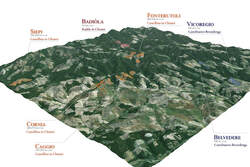 The Mazzei family dates back to the 11th century. They originally came from Florence where they made a living as coopers and artisans. The first documented reference to Chianti as a production region dates back to 1398 between Ser Lapo Mazzei, a notary and connoisseur of wine, and Francesco Datini, a merchant from Prato. In this document, authored by Ser Lapo Mazzei, he paid for six barrels of wine from Chianti. In 1435, Ser Lapo Mazzei’s granddaughter, Madonna Smeralda Mazzei, married Piero di Agnolo da Fonterutoli, and Castello di Fonterutoli became part of the Mazzei family’s estate. For the past 24 generations, the Mazzei family has been producing wines at Castello di Fonterutoli. The Sangiovese grape is the most planted grape variety in Italy, and Tuscany’s largest and best-known Sangiovese-dominant wine region is Chianti. Depending on where the grapes are grown, with climate and soil being a factor, Sangiovese can deliver a wine that is fruit-forward with bright acidity and high tannins or lean towards earthy with herbal notes. It runs the gamut of descriptions, but one of Sangiovese’s trademarks is its dark cherry flavor. Last month I attended a virtual tasting with Giovanni Mazzei who represents the 25th generation of this family-owned winery. He is the export director for Mazzei and the eldest son of Fillippo Mazzei who is one of the managing directors of the estate. Beginning with the 2017 harvest, the Mazzei family introduced a different perspective to express the biodiversity of their Sangiovese-based range of wines. Giovanni guided us through a tasting of the estate’s three Chianti Classico Gran Selezione wines from three different terroirs, with each wine exhibiting its own unique character. In addition, Giovanni shared a soon-to-be-released bottle of Siepi Toscana IGT 2018. Giovanni said, “For the last 50 years, we have been dedicated to research to better understand Sangiovese evolution. We have an articulated estate with so many differences from one location to another. The vineyards range from two meters above sea level to almost 600 meters with different terrain and different climates. You can’t have just one solution for everything. It is a massive puzzle! There is beautiful diversity in this region, with each district exhibiting its own characteristics. Our aim is to reflect the viticulture of the region.” As of 2014, Gran Selezione is a new classification above Riserva for Chianti Classico DOCG. A minimum of 80% Sangiovese estate-grown grapes is required. Grapes must be harvested only from the winery’s own vineyards along with upgraded requirements for alcohol, extract, and a minimum aging of 30 months. Giovanni said, “At the end of the day, the rules aren’t really making the wine. It is the winemakers and how they envision the wine and how it is expressed. Gran Selezione is the best of the best. The quality is phenomenal. Only 6% of Chianti Classico DOCG production has qualified so far for the Gran Selezione level. It is a game-changer!” All vineyard cultivation is entirely manual, including the grape harvest. Badiòla Chianti Classico Gran Selezione DOCG 2017 100% Sangiovese grapes were harvested from the estate’s highest altitude vineyards of 570 meters in the Chianti municipality of Radda. Soil is mainly a mix of Galestro (local lime marl) and sandstone. The average vine age is 16 years. The vines benefit from ventilating winds with lower temperatures than any other estate vineyard. The wine goes through natural fermentation, with no yeast added. It is aged for 24 months in French oak barrels from Burgundy (30% new) and then ages further in the bottle. This is a fresh and elegant wine with lovely aromas of fresh berries, cherry, and spice. The palate offers red fruit, cherry, plum, spice, chalk, and silky tannins. The wine is well integrated with a long finish of sour cherry, spice, and a hint of cocoa. Giovanni said, “I’m a big fan of this wine. It has complexity with austere character, typical from Radda.” Alcohol: 13.5% SRP: $99 Castello Fonterutoli Chianti Classico Gran Selezione DOCG 2017 This is the estate’s flagship wine made from a selection of 11 of the best vineyard plots surrounding the Fonterutoli hamlet in the Chianti municipality of Castellina. The age of vines is between 25 to 30 years. The altitude is 470 meters above sea level with rocky limestone, chalk, and rich skeleton texture. The wine was first produced in 1995 and is a forerunner for Gran Selezione. The 2017 vintage is the first vintage to use 100% Sangiovese. Each plot is individually vinified, and the wine is then aged in Burgundy and Bordeaux barrels for 25 months and then six months in concrete tanks before bottling. This is a wine with structure and elegance. Delicious aromas of wild berries, violet, lavender, cherry, and earth lead the way for an explosion of flavors on the palate. Cherry, dark fruit, vanilla, licorice, spice, and minerality blend with silky tannins. This wine is rich and crisp. Giovanni says, “It is an energetic wine. The juice gives a sense of purity. It is a pure Sangiovese”. Alcohol: 13.5% SRP: $74 Vicoregio 36 Chianti Classico Gran Selezione DOCG 2017 This wine is a blend of 36 different Sangiovese biotypes derived from fifty years of research. The biotypes are planted in a single vineyard at 350 meters above sea level on a sunny plateau of Castelnuovo Berardenga. Soil is clay-rich limestone and fossil matter. Thirty-six individual vinifications take place in French oak barrels, and then the wine is aged for 18 months in French oak barrels (50% new). This is followed by several months in concrete tanks. Seductive aromas of cherries, spice, and floral envelops the nose. The palate is layered with rich and expressive flavors of dark cherry, dark fruit, lavender, spice, herbs, pepper, and earth. Chewy tannins, with lingering spice and dark cherry, add to a long and delicious finish. This is a vibrant and complex wine. Giovanni says, “This wine is the heart beating from Vicoregio.” Alcohol: 13.5% SRP: $99 Siepi Toscana IGT 2018 There is an interesting story attached to this wine. The first vintage was in 1992. It is a 50/50 blend of Sangiovese and Merlot. According to Giovanni, the family fought over how to produce this wine. The older generation wanted it made with mostly Sangiovese, and the younger generation wanted it made with 100% Merlot. A compromise was made, and a 50/50 blend was produced. The grapes are sourced from 10 to 35- year-old vines in the Siepi vineyard that has belonged to the Mazzei family since 1435. The Mazzei family was one of the first producers to plant Merlot in Chianti Classico. Each variety goes through a gentle vinification. 70% of the wines are aged in new French barriques (Merlot: 18 months, Sangiovese: 16 months), and then they are blended and aged an additional four months in steel tanks. The wine is bottle-aged for four months before release. This wine opens with aromas of dark fruit, cherries, berries ,and subtle notes of spice, cocoa, and herbs. The palate is an infusion of delightful layers of dark cherry, dark berries, spice, hints of plum, vanilla, and toast. Silky tannins add to this rich and complex wine. Giovanni says, “This wine is very approachable and has great drinkability.” Alcohol: 14.5% SRP: $130 Although I was thousands of miles away from Tuscany, it was exciting to take a virtual trip through all of the vineyards with Giovanni. The character and uniqueness of each municipality were beautifully captured in each bottle of wine. For a brief moment in time, my palate enjoyed “traversing through the terroirs of Castello di Fonterutoli”. Until next time…
Cheers! Penina To leave a comment or if you have an inquiry, please contact me at [email protected] Leave it to the third-generation Pasqua brothers to add a bit of wry humor and elegance to a bottle of wine. Always thinking outside the box and tending to break the rules when it comes to wine production, they recently introduced a new wine to their portfolio. Pasqua Vigneti é Cantine is a family-run business located in Verona in northeast Italy’s Veneto region. They have complete control over 741 acres of vineyards (1/3 is estate-owned) that spread from Lake Garda to Soave. (To read more about the winery, please refer to the menu on the right-hand side of this page.) Pasqua’s newest wine is called “HEY FRENCH, 1st Edition”. The inscription on the front label reads, “You could have done this but you didn’t.” The label is a nod to the French regions and winemakers that inspire the brothers. It is meant to be “gentle humor” and Alessandro Pasqua said, “Luckily there are many who enjoy a good joke! The first account to take this wine was a Michelin-starred French restaurant!” Although the label is a little lost on me, the wine itself is serious and captivating! This “First Edition” is a Super-Bianco blend of four vintages, 2013, 2015, 2016 and 2017, the best four vintages of the last decade for the winery. Each vintage is a blend of 60% Garganega rounded out by Pinot Bianco and Sauvignon Blanc. The grapes are sourced from several parcels of a 4.5-hectare vineyard located on the Veronese side of Monte Calvarina in the easternmost section of Soave Classico. The vineyard reaches 600 meters above sea level, providing fresh and breezy summers and large temperature swings during the ripening period. Soil is of volcanic origin and provides the mineral expression and potential for long-lived wines. Each vintage went through the same vinification and aging process. All the wine was aged for six months in French oak tonneaux. (large barrels) The wine was then placed in steel tanks for further refinement Pasqua ‘Hey French’ Bianco Veneto IGT The color of this wine is golden yellow with soft aromas of floral, honeysuckle, minerality and a hint of nuts. Notes of floral, citrus, melon, pear and peach integrate nicely with minerality and acidity on the palate. This wine is complex and well structured, giving ample expression of the terroir. Alcohol: 13.5% SRP: $40 Enjoy as an aperitif or pair with seafood, light casseroles and vegetarian cuisine. I made a delicious Roasted Tomato and White Bean Stew with Escarole that paired beautifully with this wine! To the third-generation family members, I say, “Hey Pasqua brothers, you could have, you should have, and you did!”
Until next time… Cheers! Penina To leave a comment or if you have an inquiry, please contact me at [email protected] In my home, one doesn’t need a special occasion or excuse to pop open a bottle of sparkling wine. And these days, the gentle sound of a cork being coaxed from a bottle of bubbly, is music to my ears! With the holidays upon us, having a few bottles of sparkling wine on hand will most certainly add a little sparkle to the festivities! And I highly endorse those occasional “just because” moments as well! Here are a few suggestions of sparkling wines from around the world ranging in price from $11 to $54.99 Casas del Mar Blanc de Blancs NV Cava Brut This Cava is produced by Casas del Mar estate located in Catalonia, Spain. It is a blend of 40% Xarello (from 70-year-old vines, 30% Macabeu and 30% Parallada. Grapes are harvested from the Penedès appellation in the Catalonia region. It is made using the Méthode Traditionnelle, the same method used in the Champagne district of France, where the second fermentation takes place in the bottle. This Cava is aged on the lees between 18 & 24 months before disgorgement. Nose: Apples, citrus and pleasant yeast aromas Palate: White stone fruit, melon, floral, and a touch of spice Alcohol: 12% SRP: $11 Roscato Rosso Dolce IGT This is a delicately sweet and refreshing wine from the Lombardy region in northern Italy and is produced in the Moscato d’Asti style. It is a blend of three indigenous grapes, Croatina, Teroldego and Lagrein, in addition to a few international grapes. Each variety is vinified separately before blending. It has a screw cap, no cork to pop, but it is still a festive wine to pour! Nose: Dark berries, cherry, red raspberry Palate: This wine is frizzante (gently sparkling wine) with notes of berries and has a nice balance between sweetness and acidity. Not only will it complement desserts, but this wine will also pair beautifully with spicy cuisine! Serve chilled. Alcohol: 7% SRP: $12.99 Domaine Bousquet Sparkling Rosé Brut NV The grapes for this rosé are harvested from vineyards in Tupungato, Alto Gualtallary in Argentina at the foothills of the Andes at 4000 ft. altitude. It is a blend of (organic) 75% Pinot Noir and 25% Chardonnay and made using the Charmat Method. Nose: Cherry, red berries, citrus, a touch of floral Palate: Strawberry, ruby grapefruit, red berries, delicate bubbles. Alcohol: 12.5% SRP: $13 Paul Cheneau Lady of Spain Cava Brut NV Giró Ribot is the producer of this wine located in the heart of the Penedès appellation in Catalonia, Spain. They own 247 acres of vineyards of the indigenous Macabeo, Xarel·lo and Parellada grapes, with which Cavas are produced. This wine is made using the Méthode Traditionnelle and is a blend of 45% Macabeo, 40% Xarel·lo and 15% Parellada. It is bottle aged for 12-15 months. Nose: Citrus, light peach, brioche Palate: Dry, fine and persistent bubbles, fresh fruit, stone fruit. Nicely balanced between acidity and alcohol with a long finish. This is an eye-catching bottle that doesn’t disappoint when opened. Alcohol: 12% SRP: $14.99 Côté Mas Crémant de Limoux Brut NV This sparkling wine is produced by Domaines Paul Mas located in the southern French region of Languedoc. The grapes for this wine are sourced from Crémant de Limoux appellation. It is a blend of 60% Chardonnay, 20% Chenin Blanc, 10% Pinot Noir, and 10% Mauzac. It is produced using the Méthode Traditionnelle. After primary fermentation, the “Liqueur de Tirage,” a blend of sugar and yeast, is added to the juice a few hours before bottling. After one year of aging, the lees are expelled and the “Liqueur de Dosage” is added and aged an additional twelve months. Nose: Apples, peaches, melon, honeysuckle Palate: Citrus, candied lemon, tart apple and crisp acidity with a touch of citrus zest on the finish. Alcohol: 12% SRP: $’’19.99 Bottega Gold Prosecco DOC NV This wine is produced by Bottega SpA, headquartered in Treviso in the Veneto region of northern Italy. 100% Glera grapes are hand-harvested from manually maintained and sustainable vineyards in Treviso Plains. It is produced using the Martinotti (Charmat, tank) method. “The gilded bottle also protects the wine from light, preserving the wine's clean and refreshing aromas.” Nose: Floral, apples and citrus Palate: Pear, apple, pink grapefruit, floral. Creamy mouthfeel, fine and persistent perlage with apples and a touch of honey lingering on the finish. Alcohol: 11% SRP: $32.99 Champagne Boizel Brut Réserve NV This Brut Réserve is produced by the Boizel House, established in 1834 and located in Épernay, in the heart of Champagne. The grapes for this cuvée is a blend of 55% Pinot Noir, 30% Chardonnay and 15% Pinot Meunier. “The still wines (vins clairs) from the year are blended with 30% of reserve wines kept from the previous two harvests, ensuring consistency. By using reserve wines within two vintages only, Boizel is able to preserve freshness in their wines, a signature trait of their winemaking style. “ The wine is aged for three years on its lees, in the bottle. Nose: Floral, white stone fruit, citrus and pastry Palate: Peach, apricot, toast, citrus notes, minerality, nice acidity and persistent mousse. Alcohol: 12% SRP: $49.99 Champagne Vollereaux Rosé de Saignée Brut NV Champagne Vollereaux produces this 100% Pinot Noir rosé. They are a sixth generation family winery located in Pierry, France. “Vollereaux is one of the very few champagne wineries to use the traditional saigne method of maceration for its Rosé Champagne, which involves bleeding off a portion of pink juice during red wine production (as opposed to blending red and white wine together). This process occurs after a short contact with the grape skins and seeds.” The juice spends three years on lees, more than twice the time required by appellation rules. Nose: Strawberry and juicy red berries, vanilla and bread dough.
Palate: Strawberry, kirsch and citrus mingle with berries and cream. It is dry with fine bubbles, vibrant acidity and a hint of brioche and minerality that linger on a long finish. Alcohol: 12% SRP: $54.99 Pair the above wines with your favorite cheese, desserts, and holiday meals, or enjoy as an aperitif. And if you are stuck on what to give the 21+ drinkers on your “holiday/birthday/just because” list, these wines make beautiful gifts! If you would like more information on the regions and wine production methods, please visit the menu on the right and click on the category of interest. Until next time… Cheers! Penina To leave a comment or if you have an inquiry, please contact me at [email protected] |
Categories
All
|
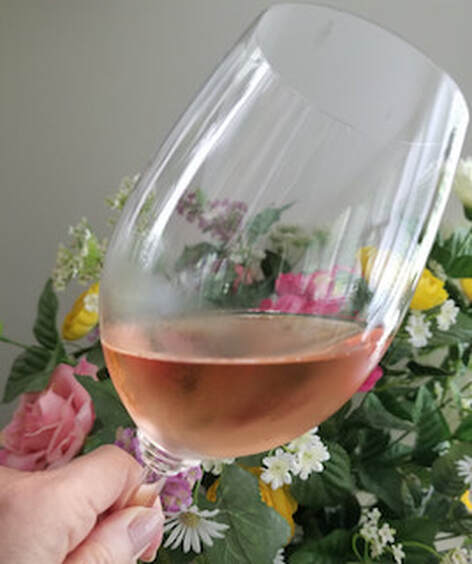
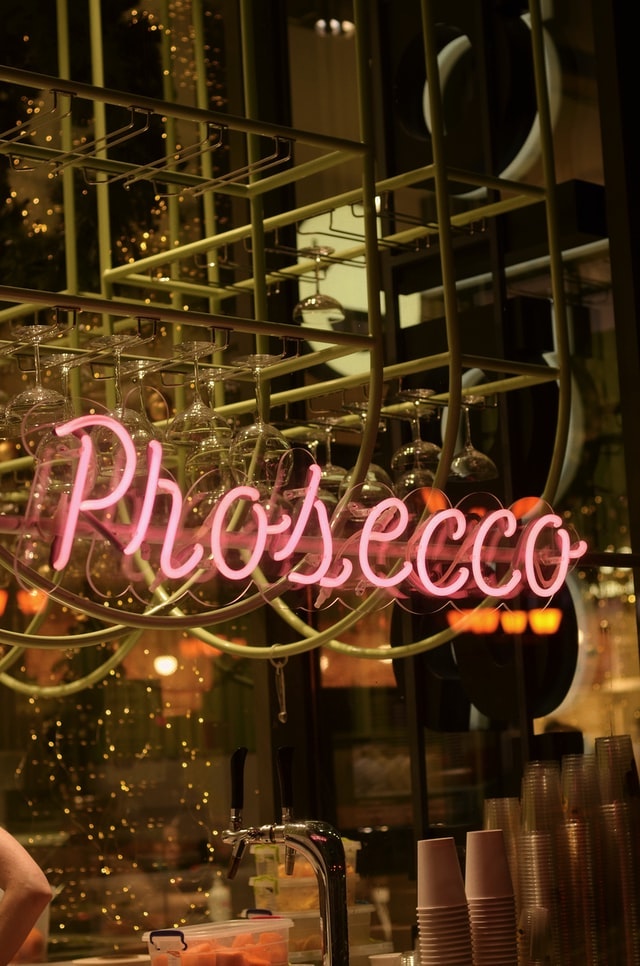
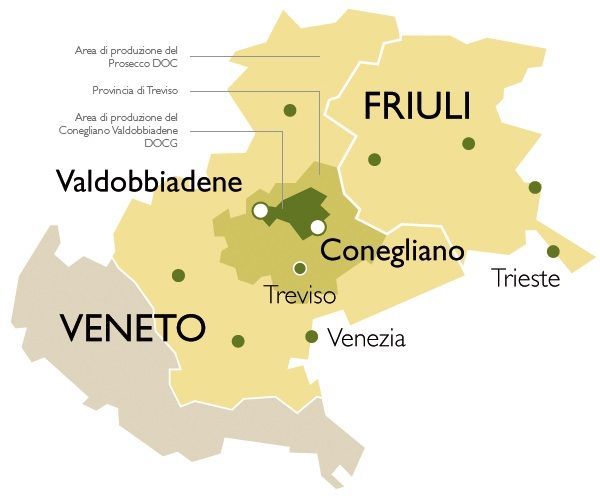
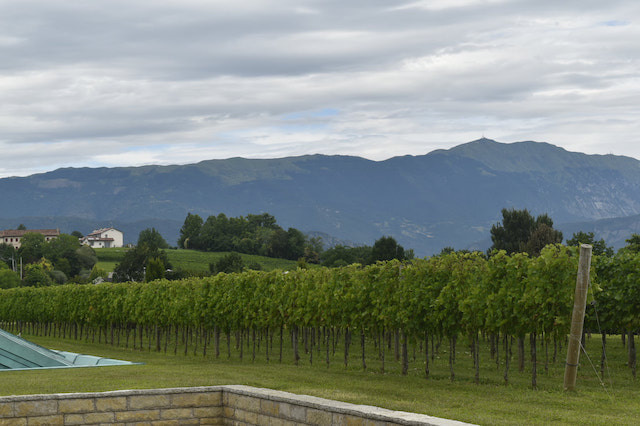
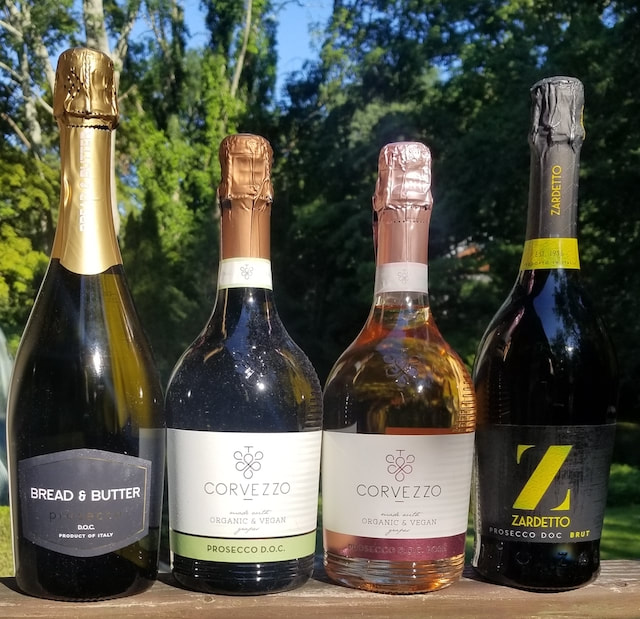
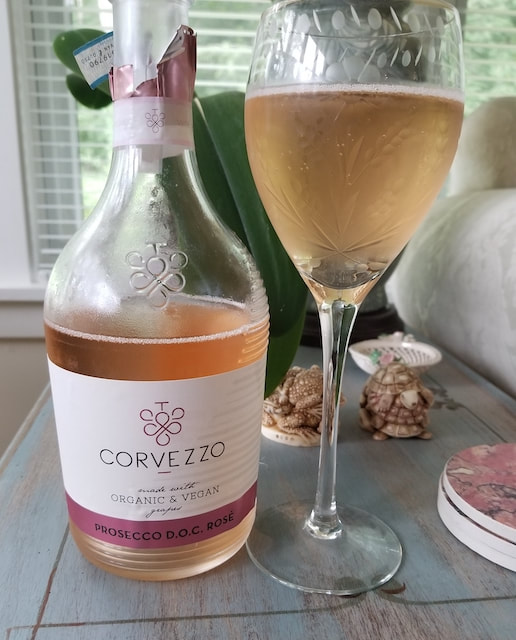
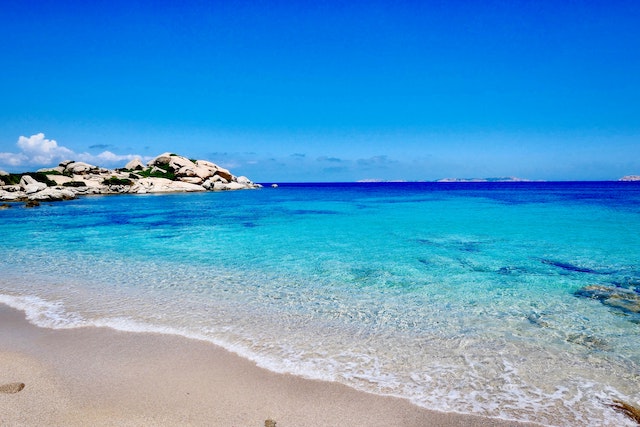
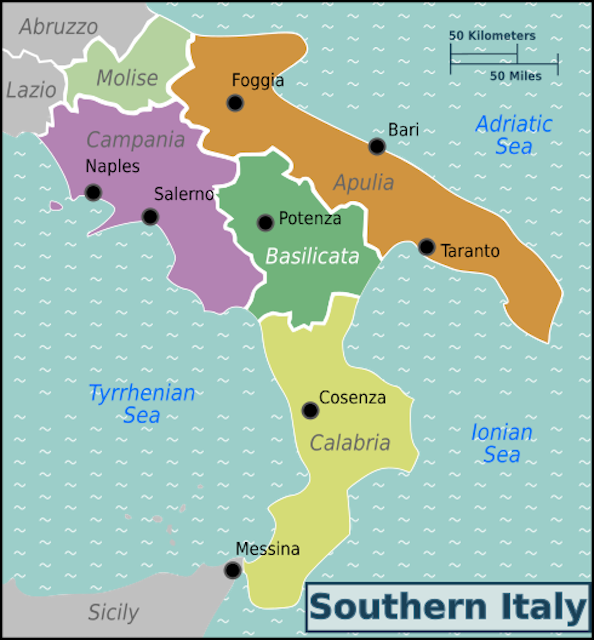
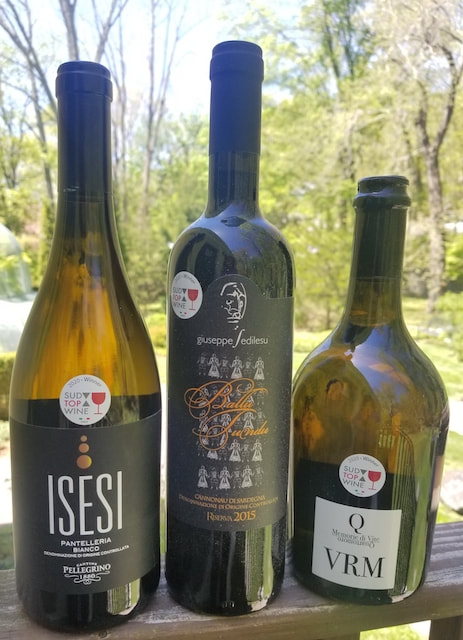
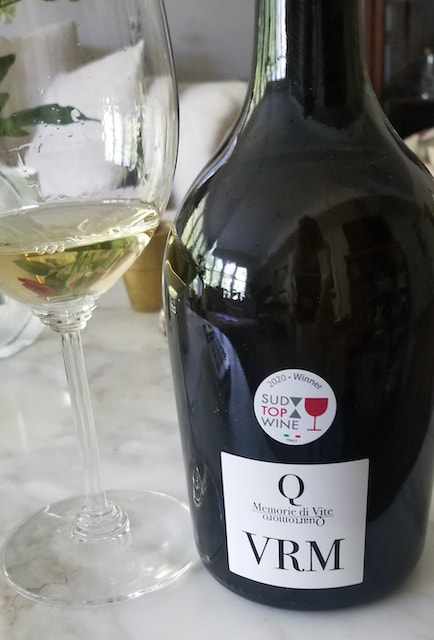
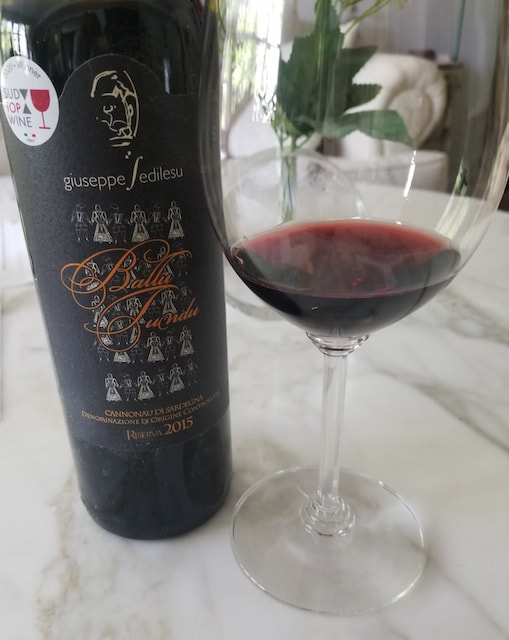
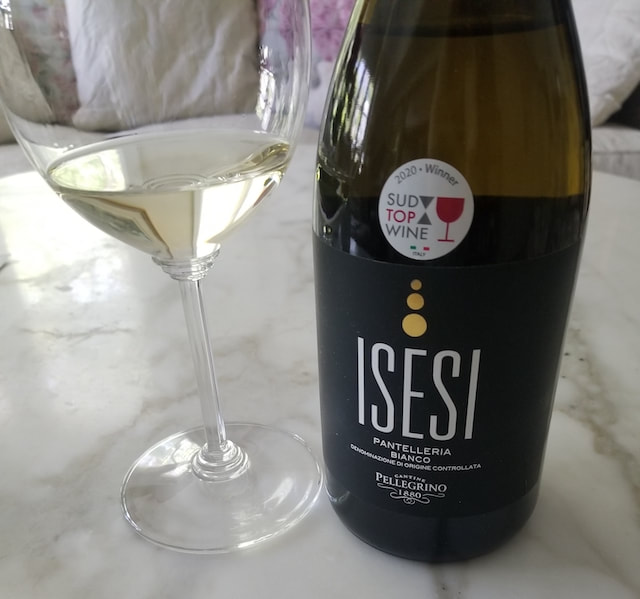
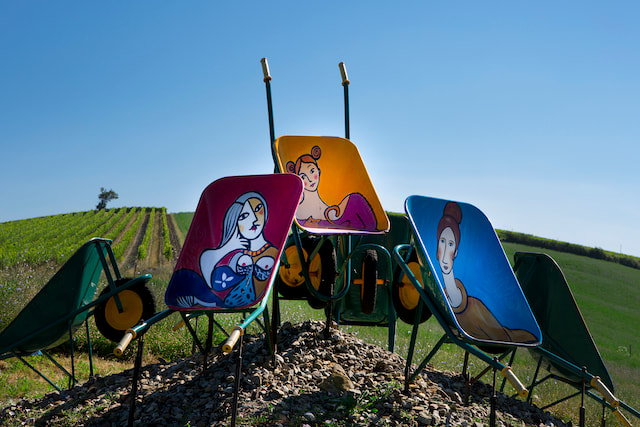
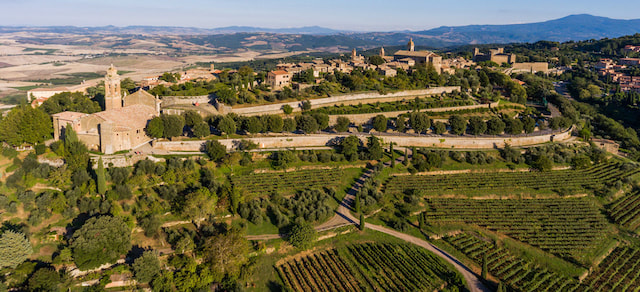
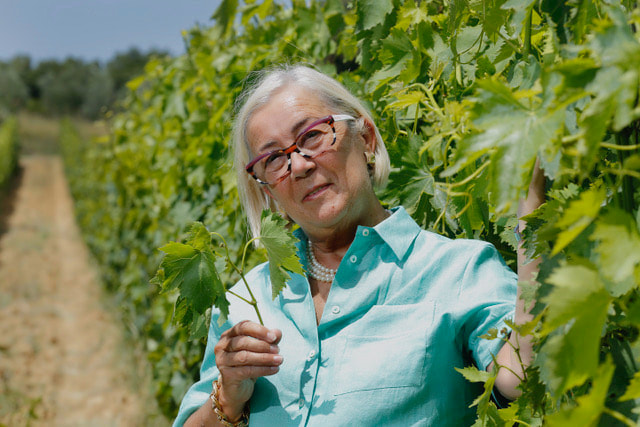
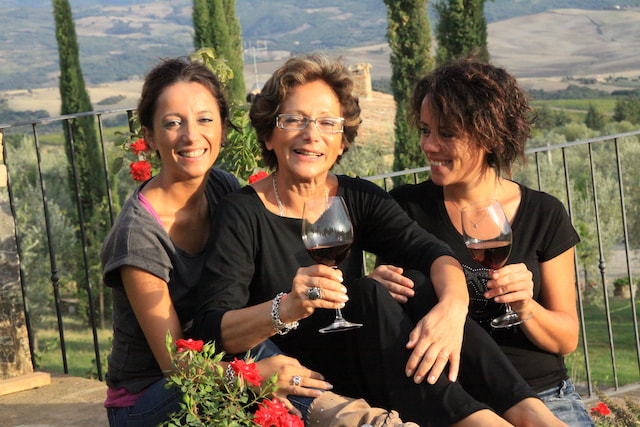
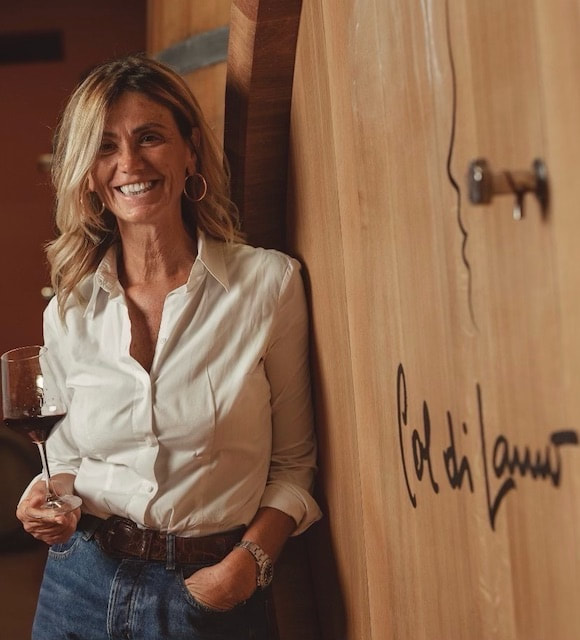
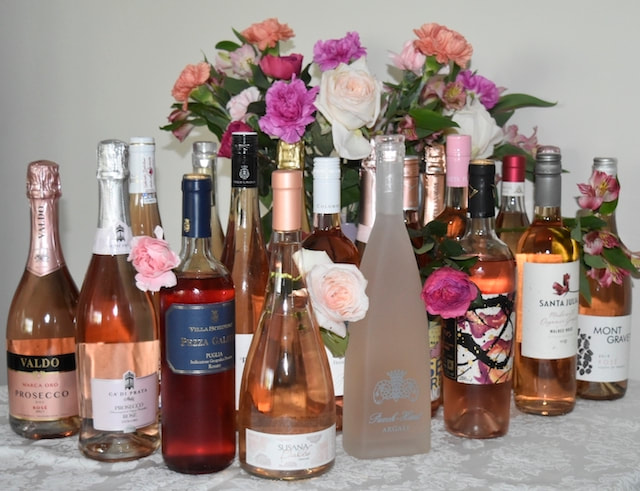
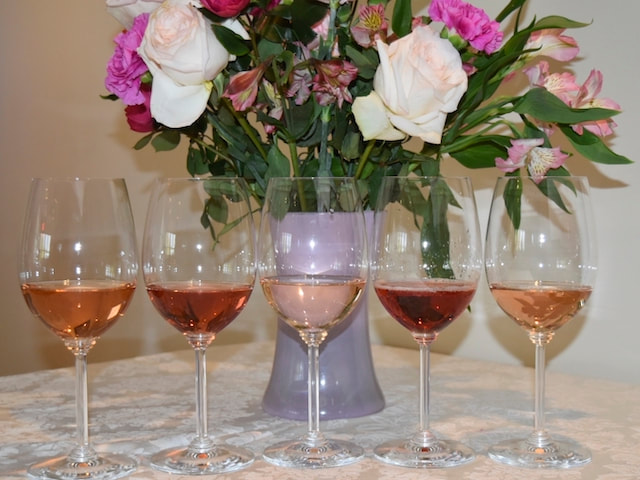
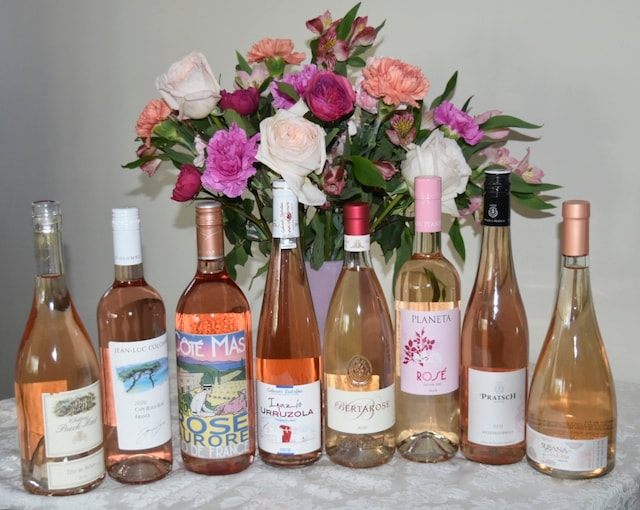
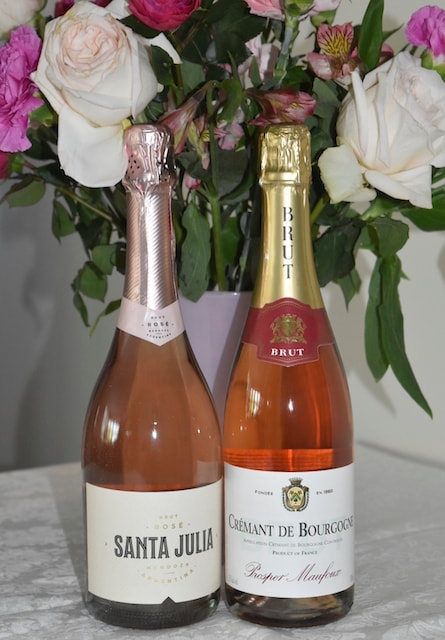
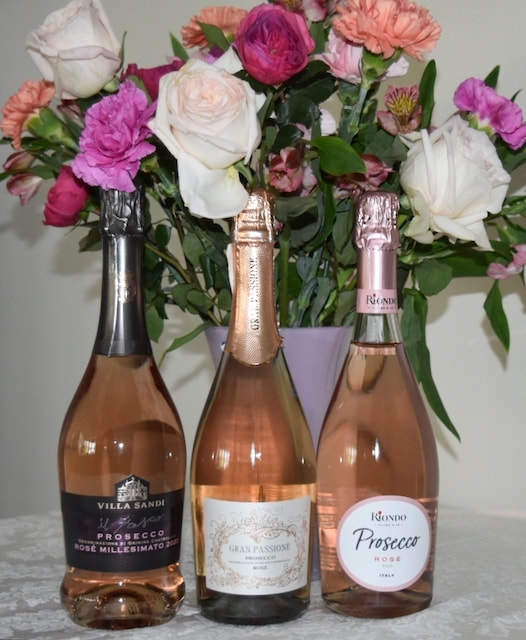
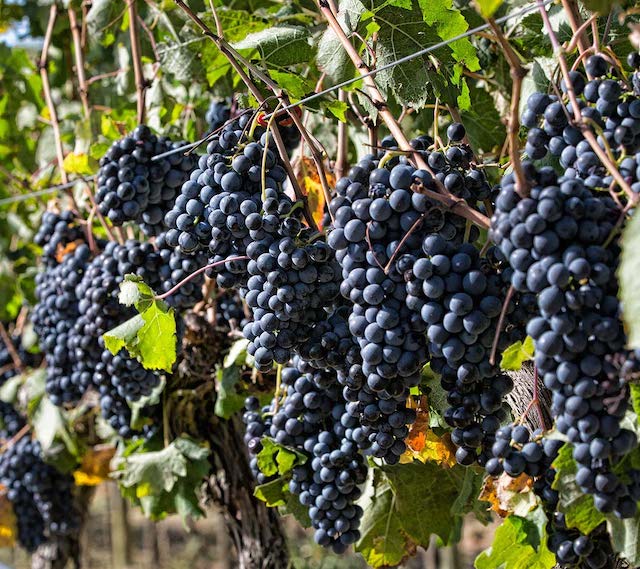
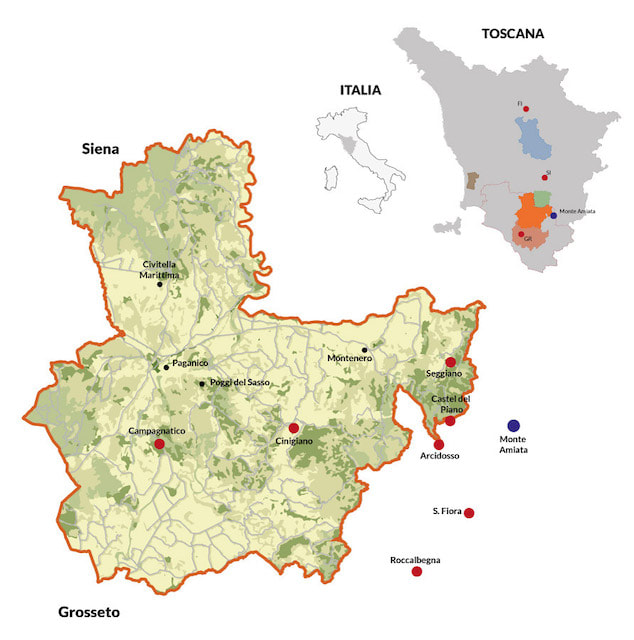
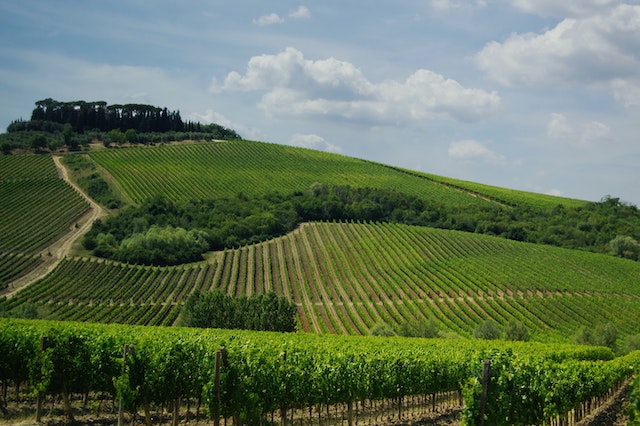
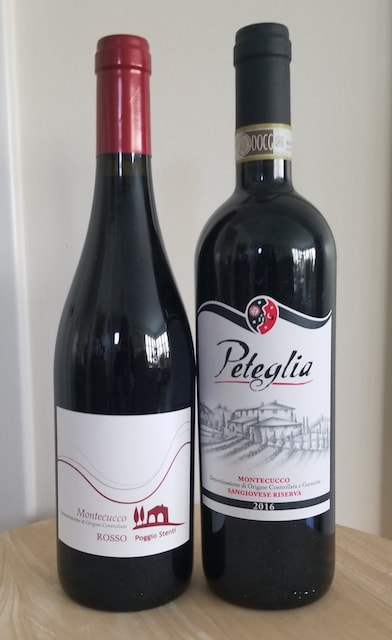
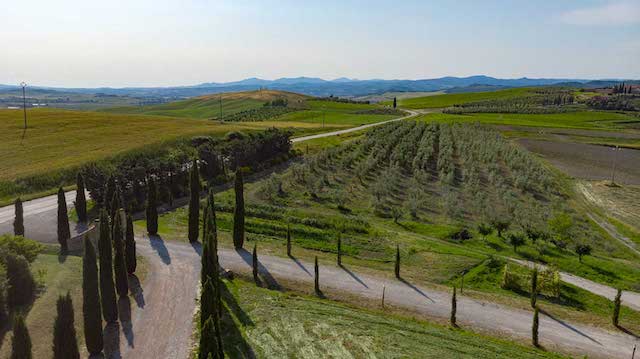
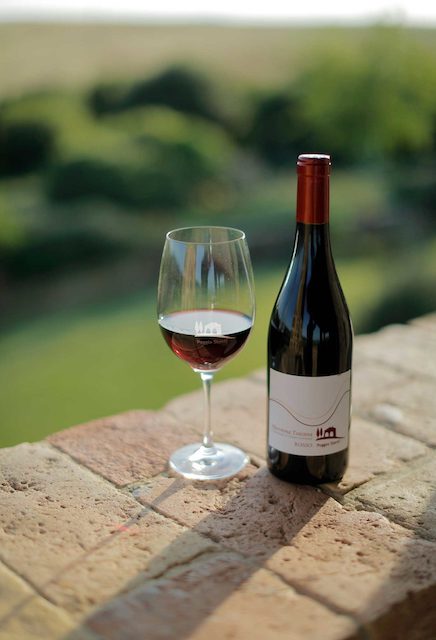
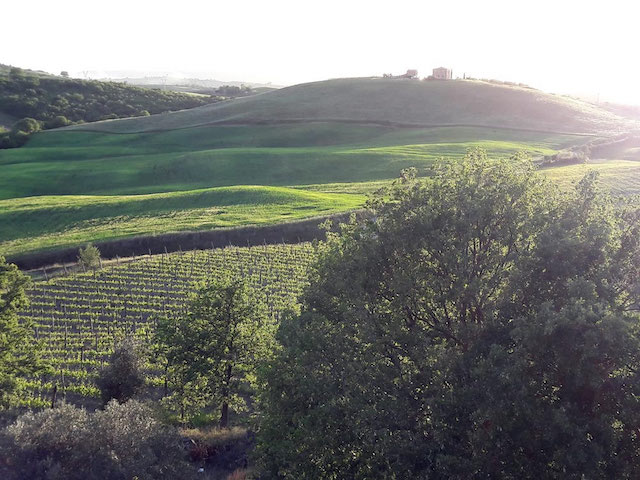
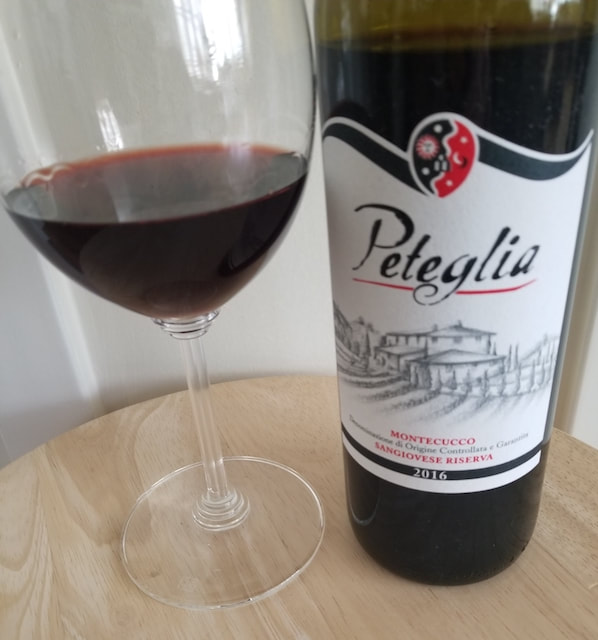
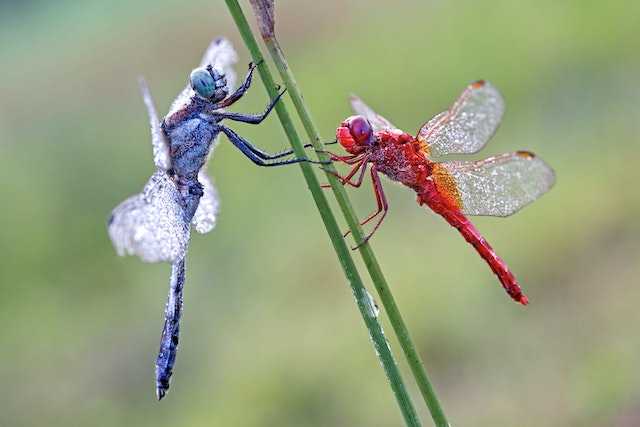
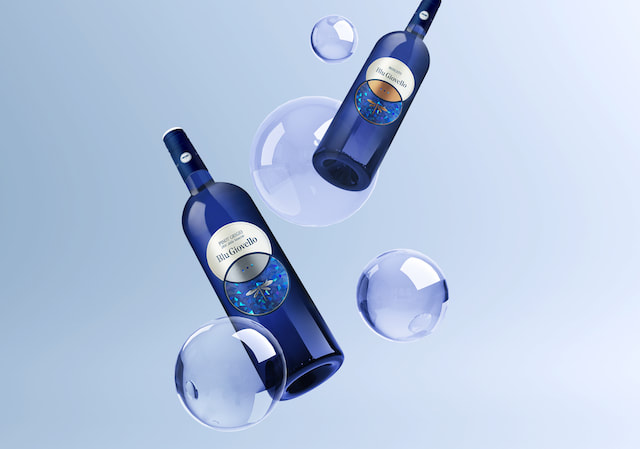
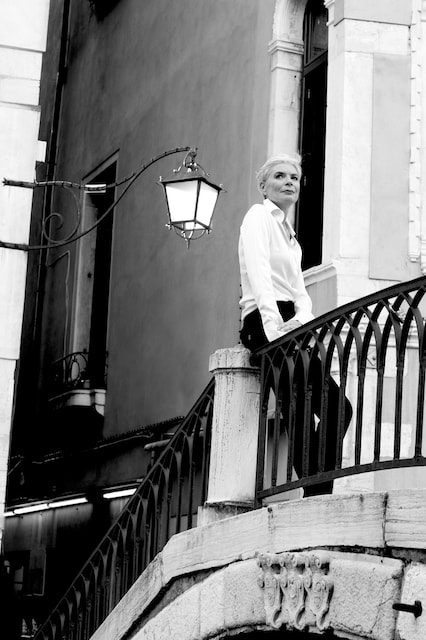
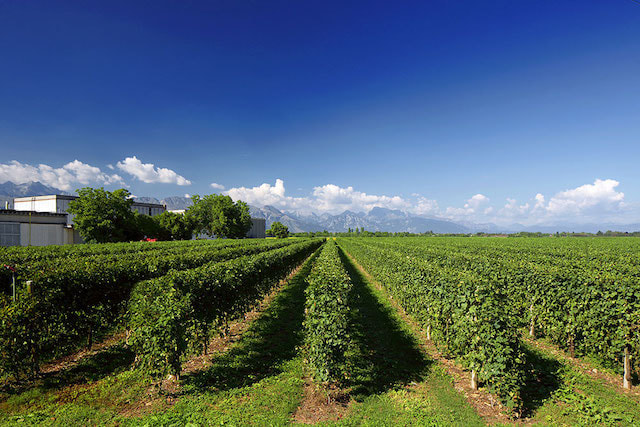
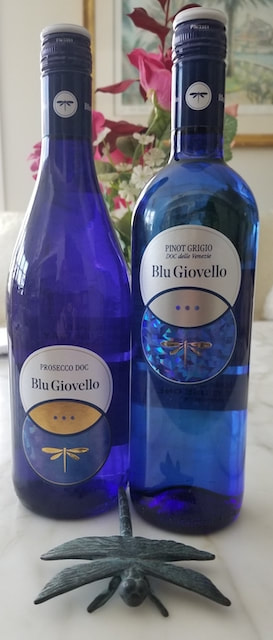
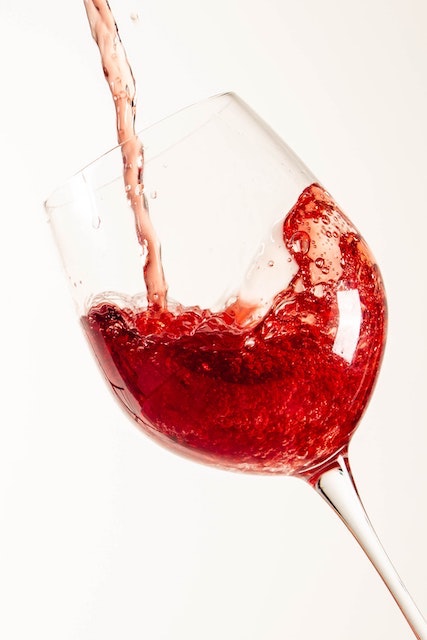
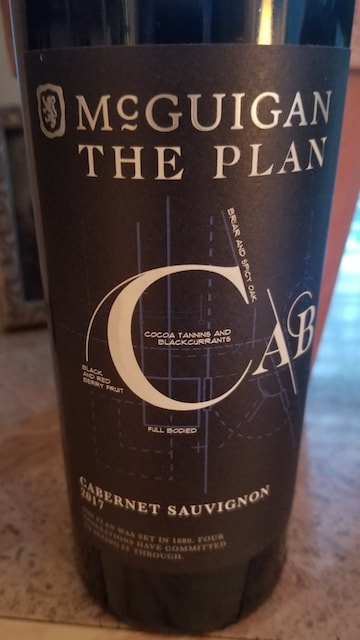
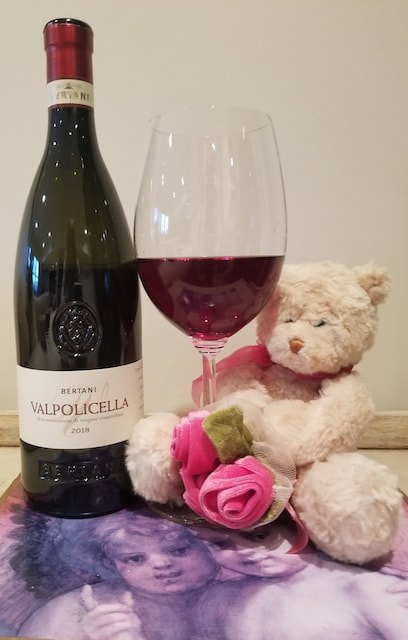
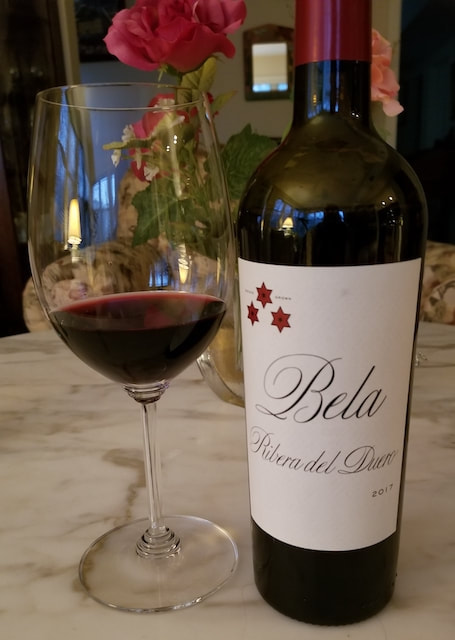
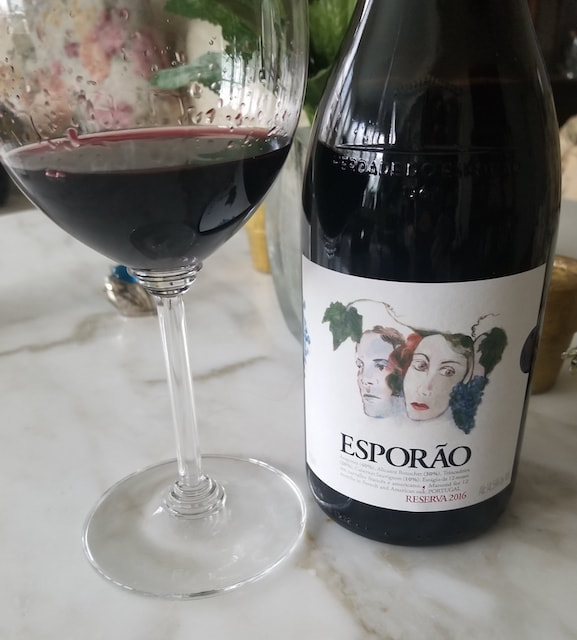
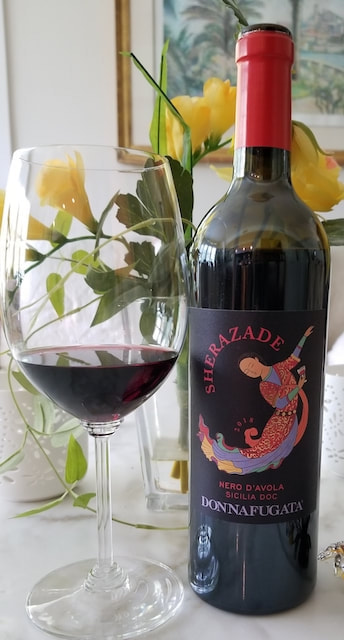
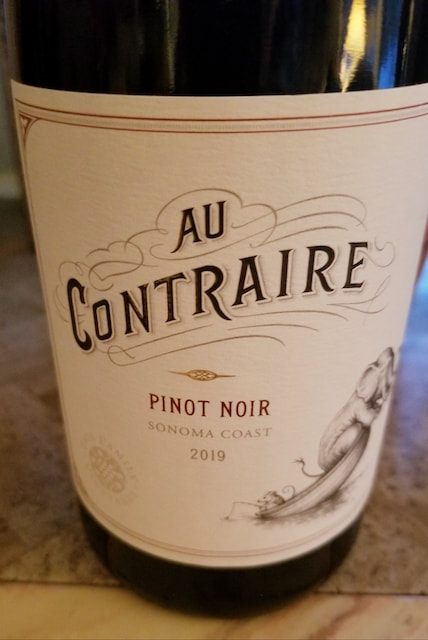
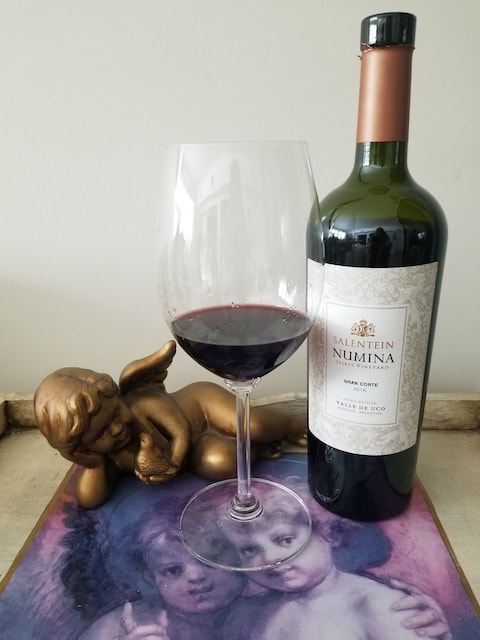
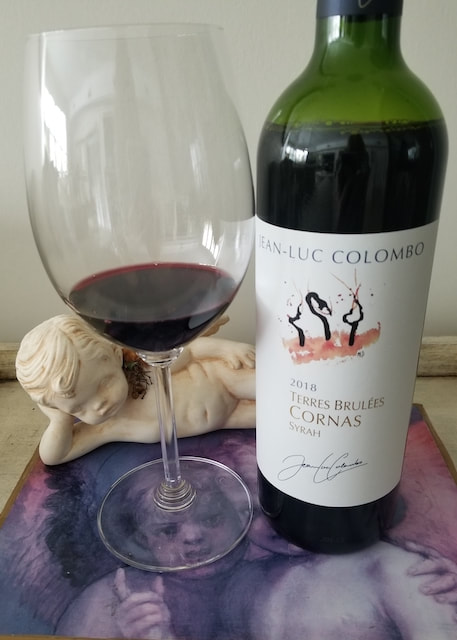
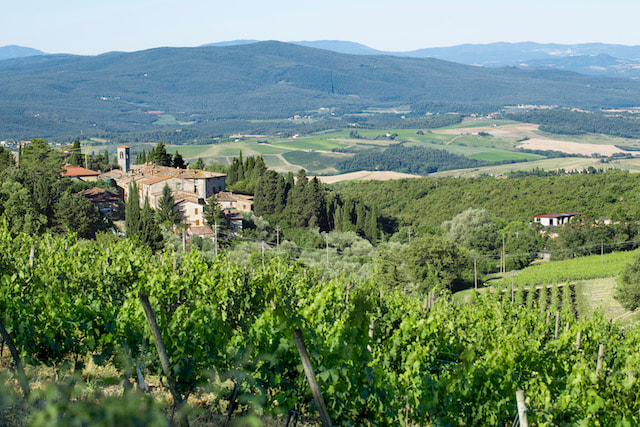
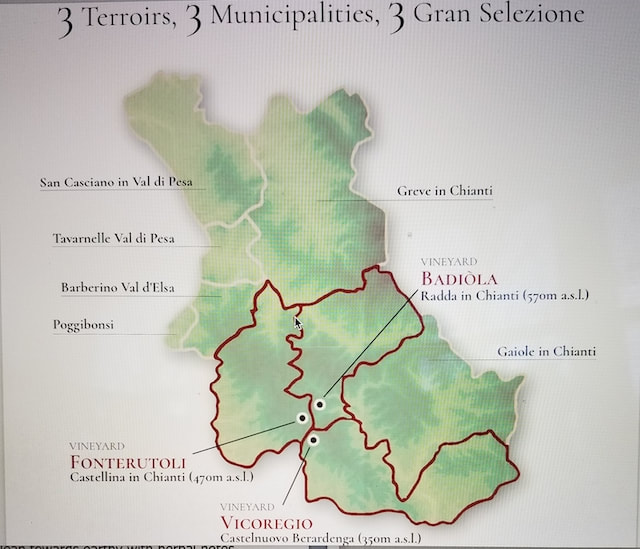
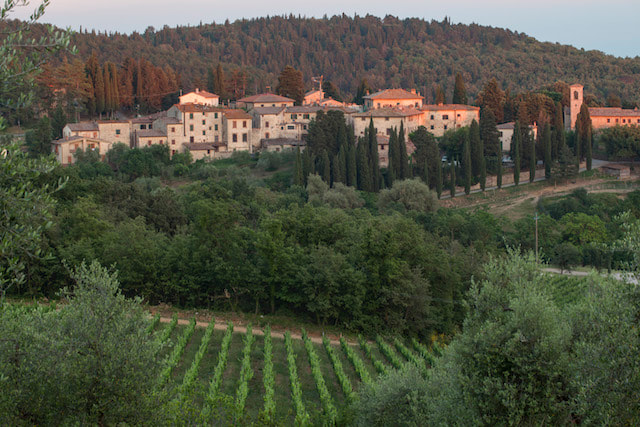
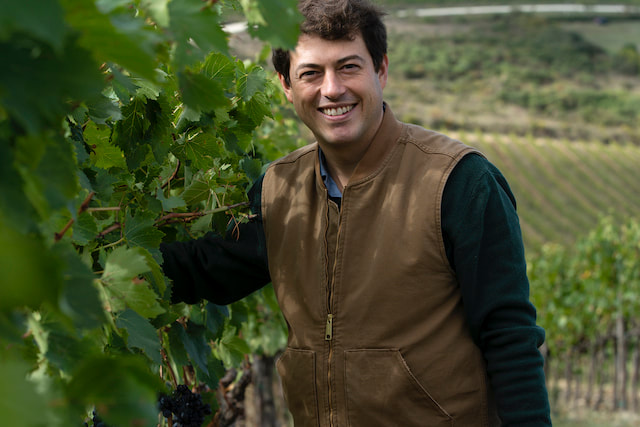
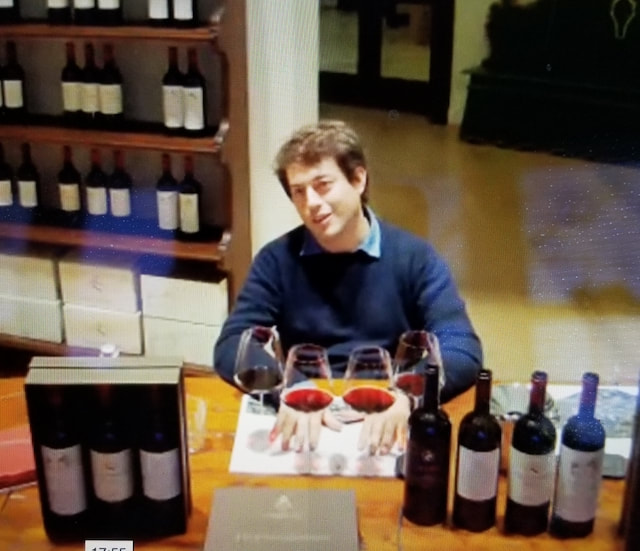
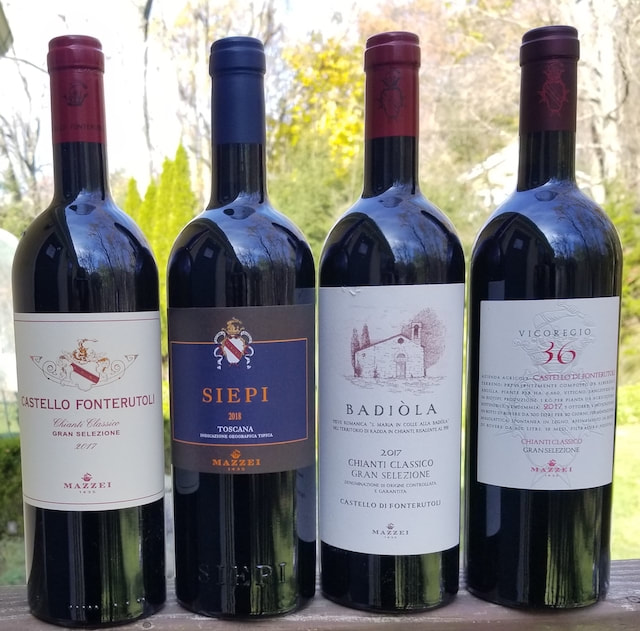

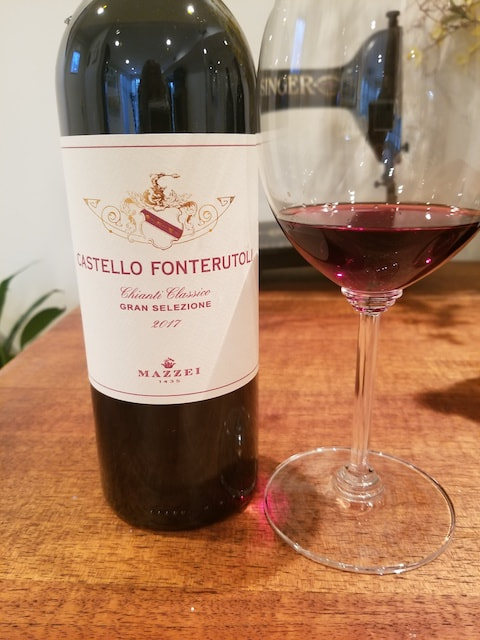
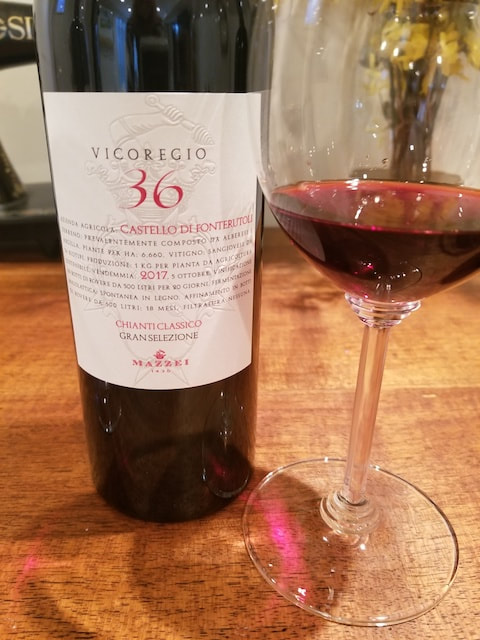
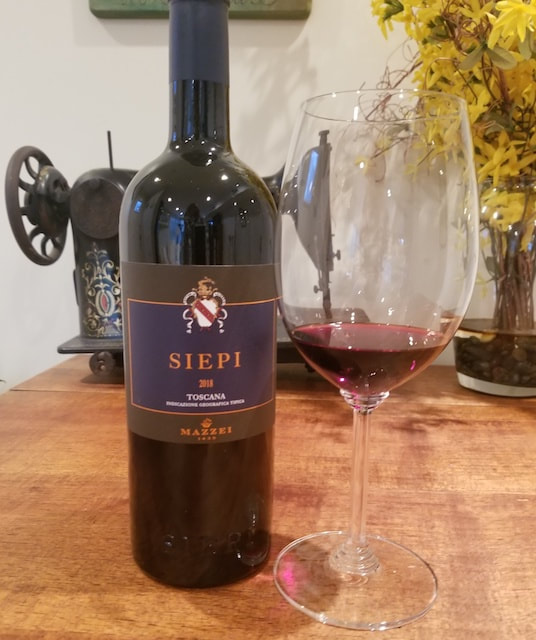

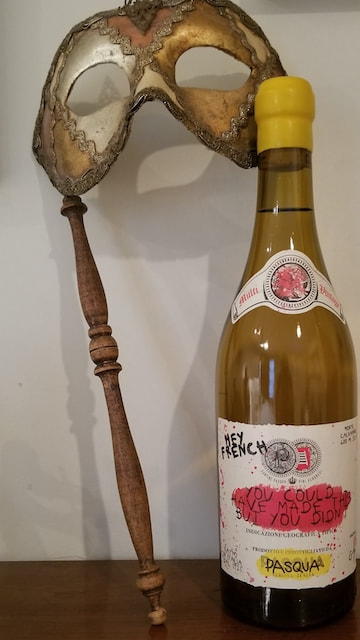
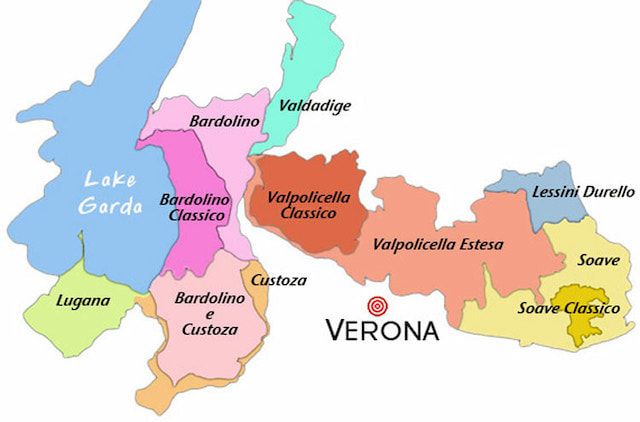
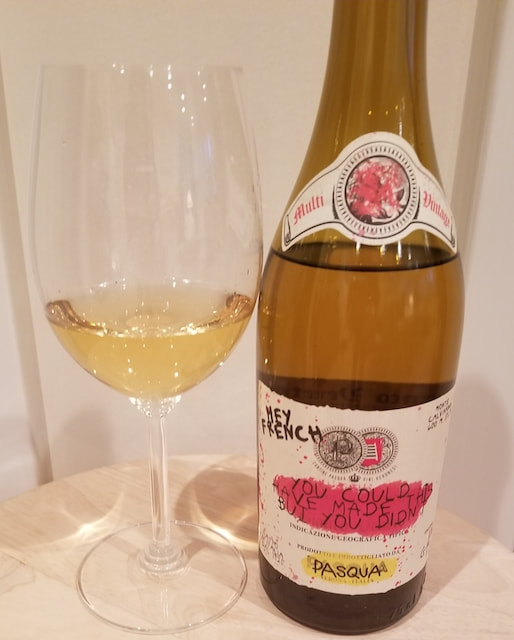

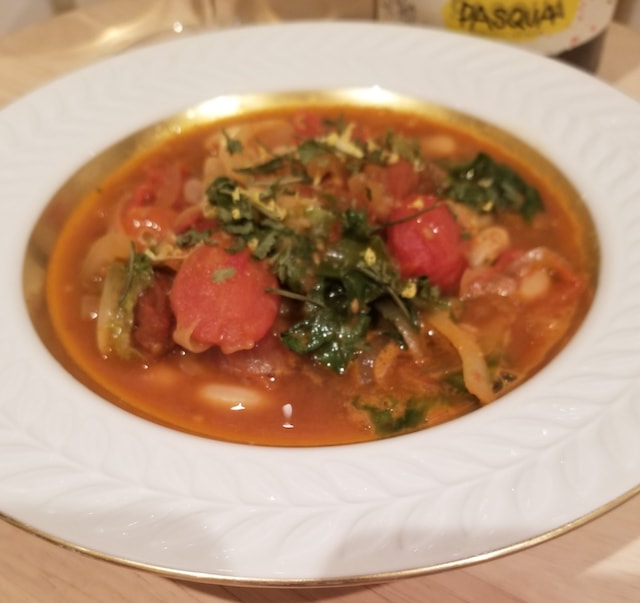

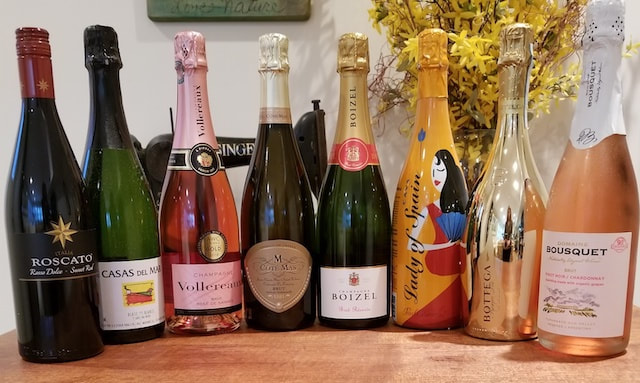
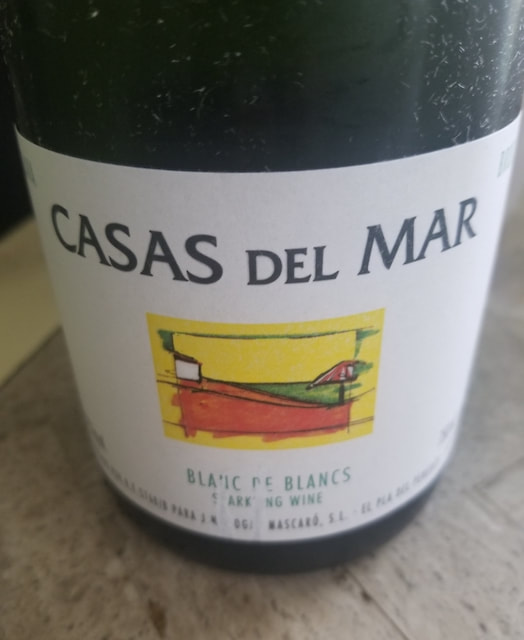
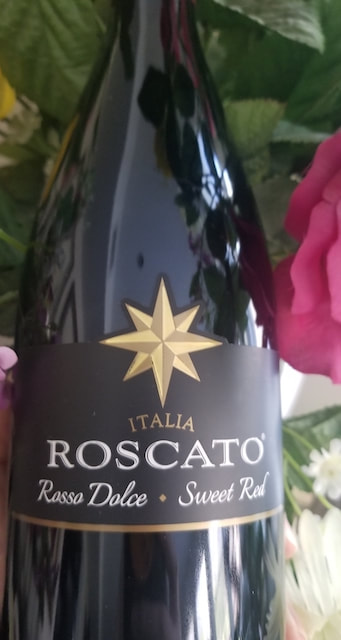
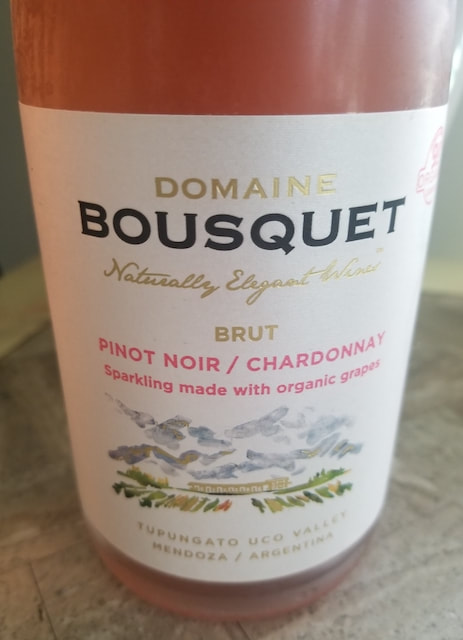
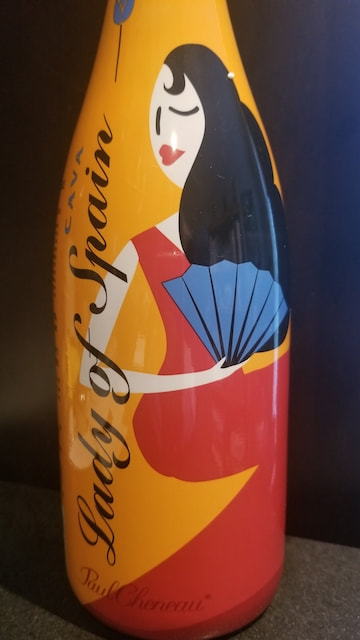
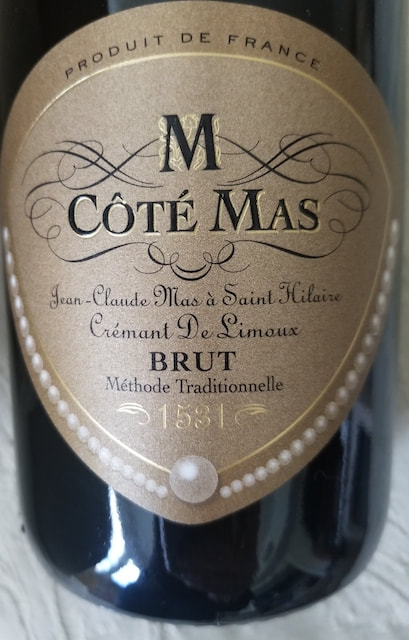
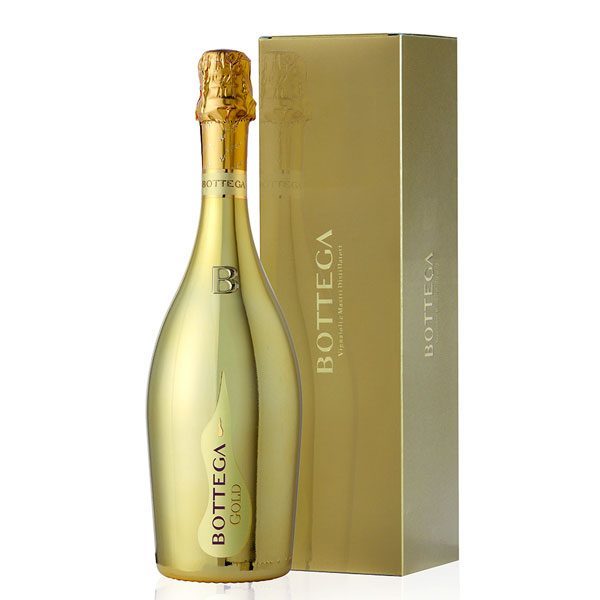
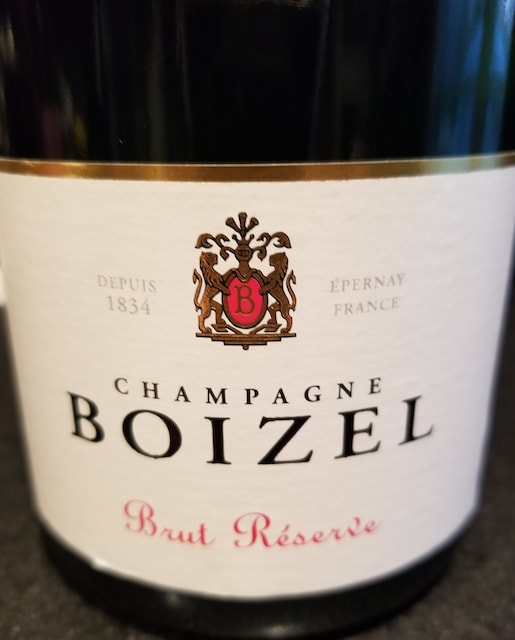
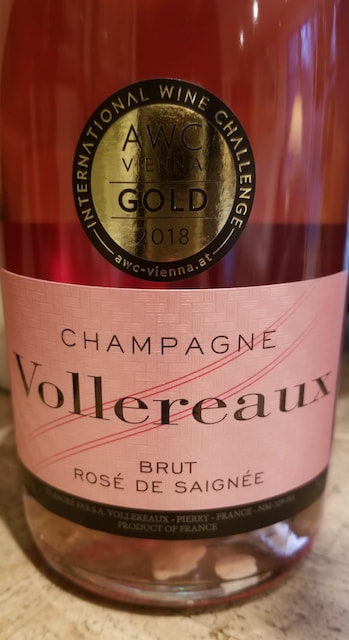
 RSS Feed
RSS Feed